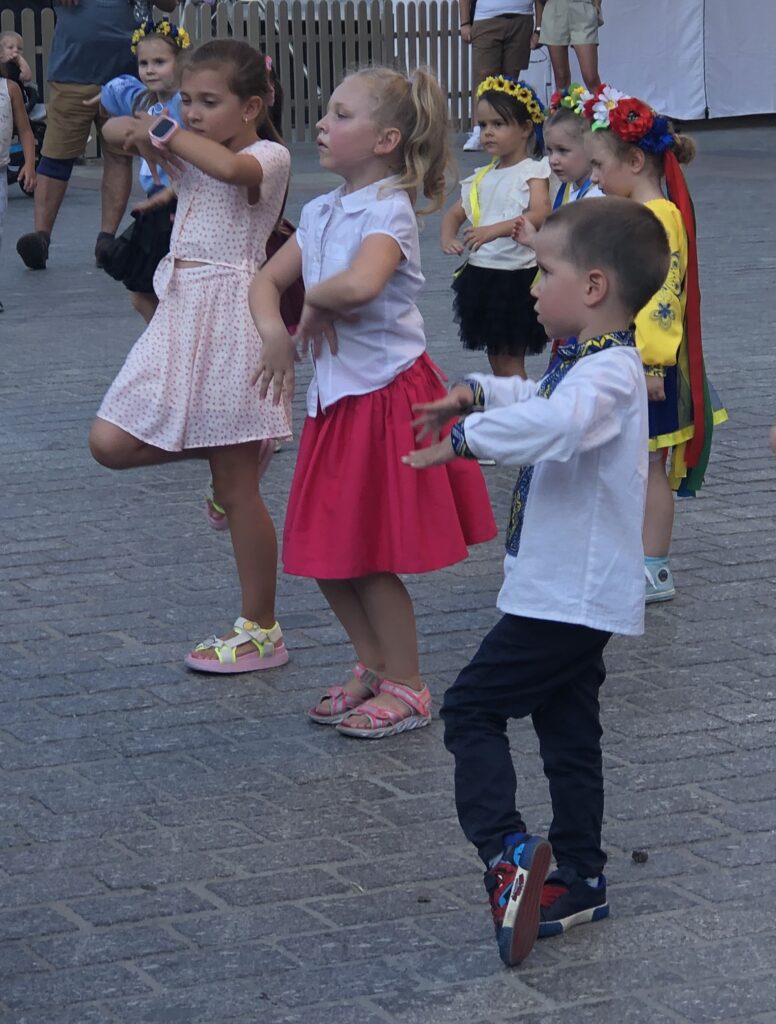
Ukrainian refugee children in Krakow
Like millions of children who are forced to leave their homes and homelands, I did not have a say when the danger of political persecution made my parents flee from behind the Iron Curtain.
At the age of seven, I left behind a large family of grand parents, uncles, aunts and cousins and a rich cultural heritage of my ancestral lineage.
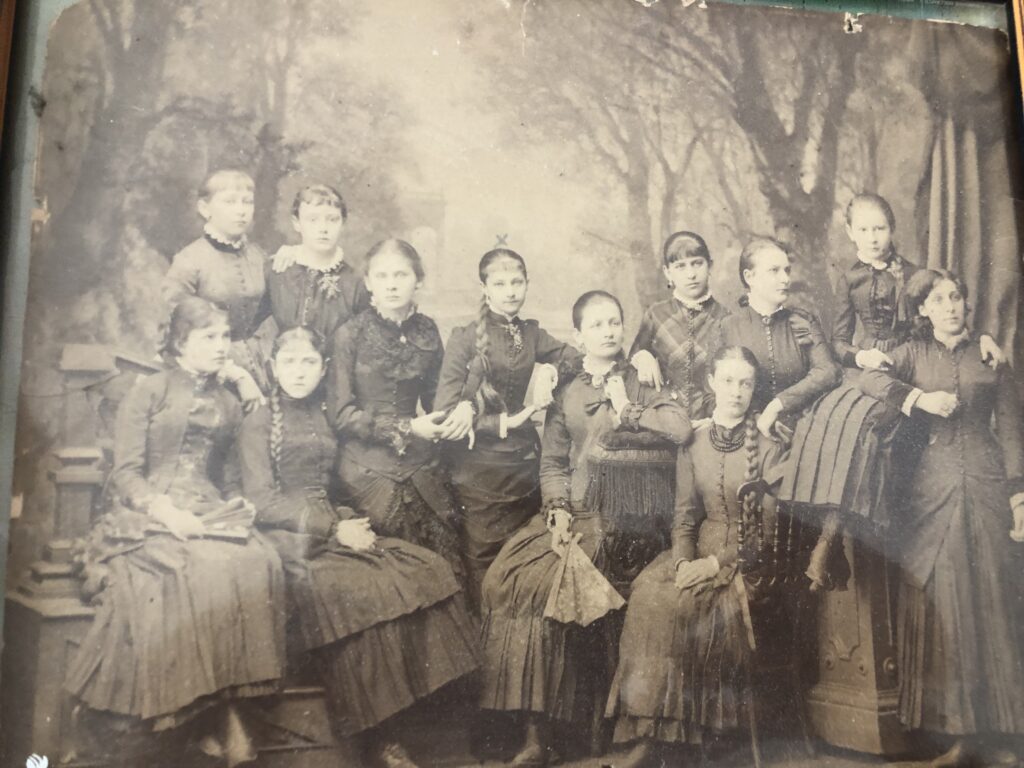
While for many years now I have explored my spiritual roots and gained a deeper understanding of who I am, in the physical realm I have longed to connect to the energy of my predecessors to find out how it has shaped me.
My recent trip to Poland has given me new insights on my life and on the world in general.
After all these years, the dark grey world of my childhood memories has finally been replaced with the bright and colorful reality of a country that has undergone a metamorphosis like no other.
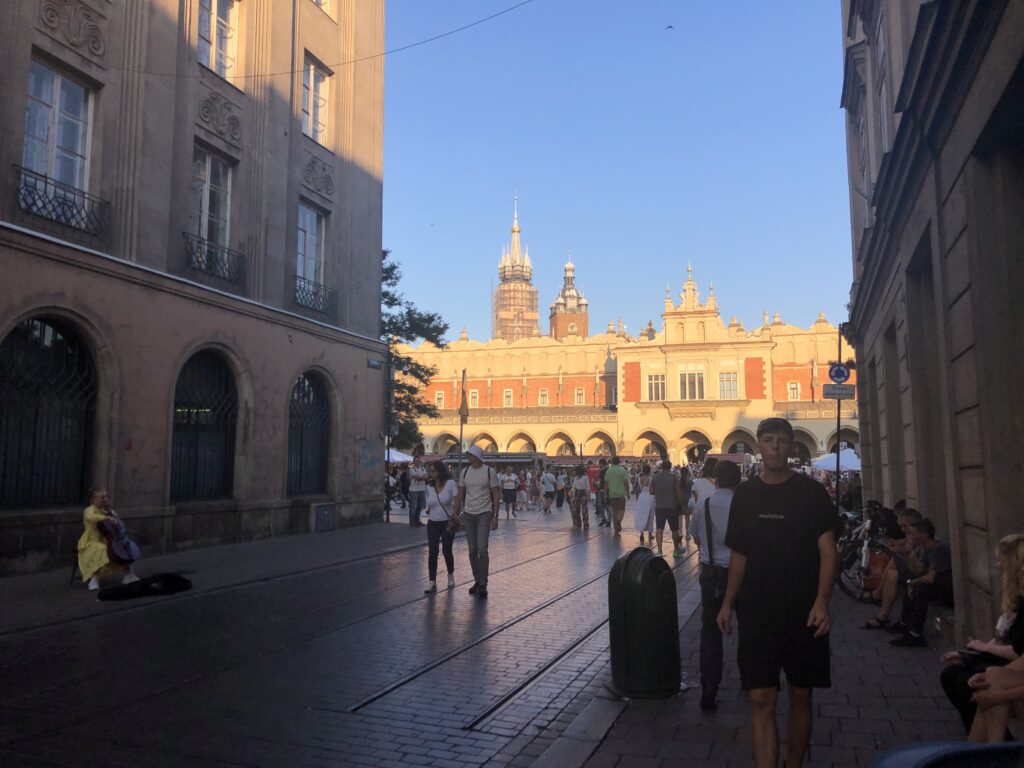
It’s been wonderful to reconnect with family and to see the incredible change that Krakow has undergone since joining the EU.
The grim soot covered buildings of Communism or Komuna, as the Poles call it, (the building on the right is how the whole city used to look like) have been restored to their original beauty and some of the finest craftsmanship in construction is on display.
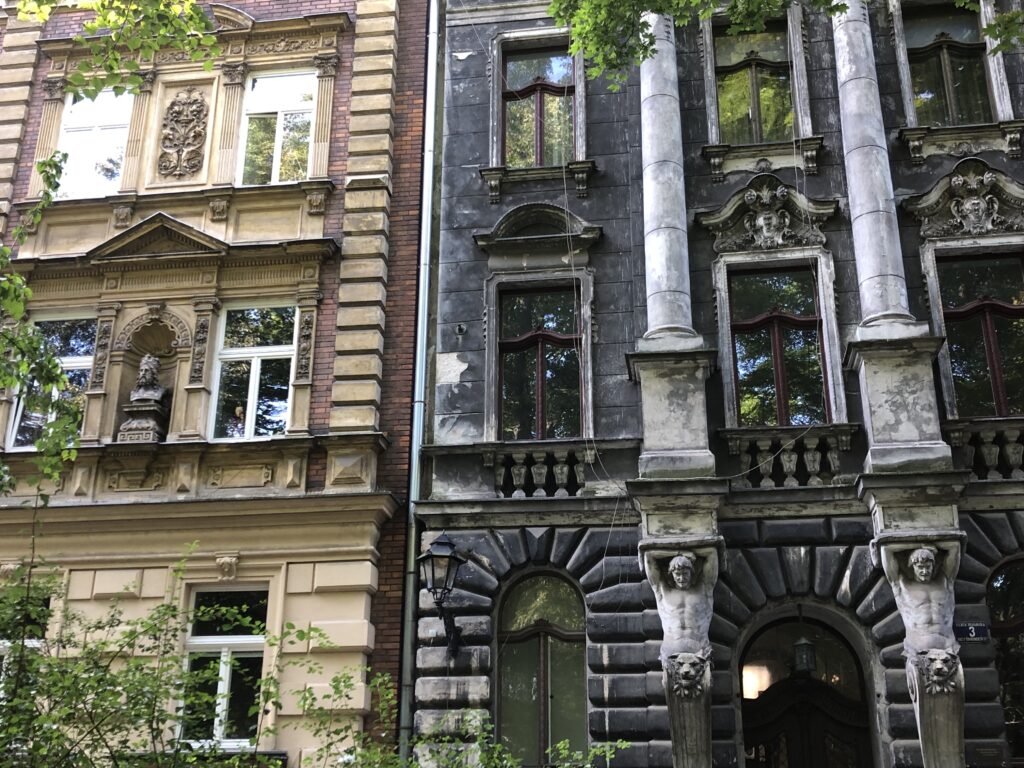
From way before the Middle Ages and the Renaissance to the ornate facades of the nineteenth century, Krakow is an open air showcase. Having suffered no bombing during WWII, it is one of the few remaining Medieval cities in its original state.
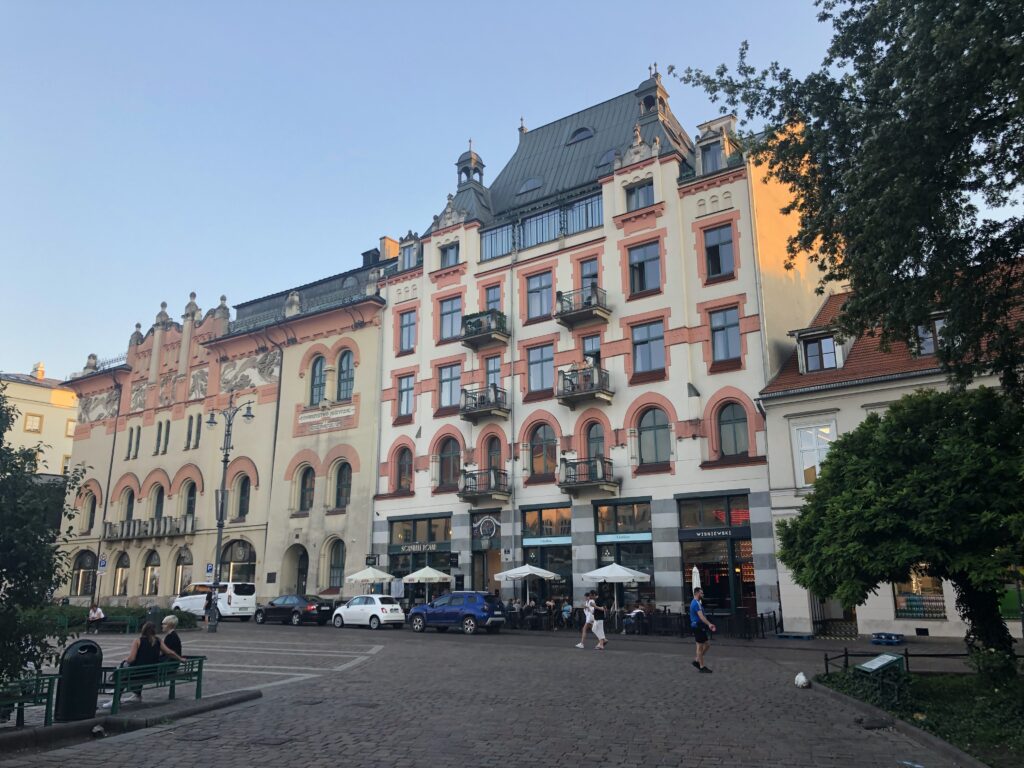
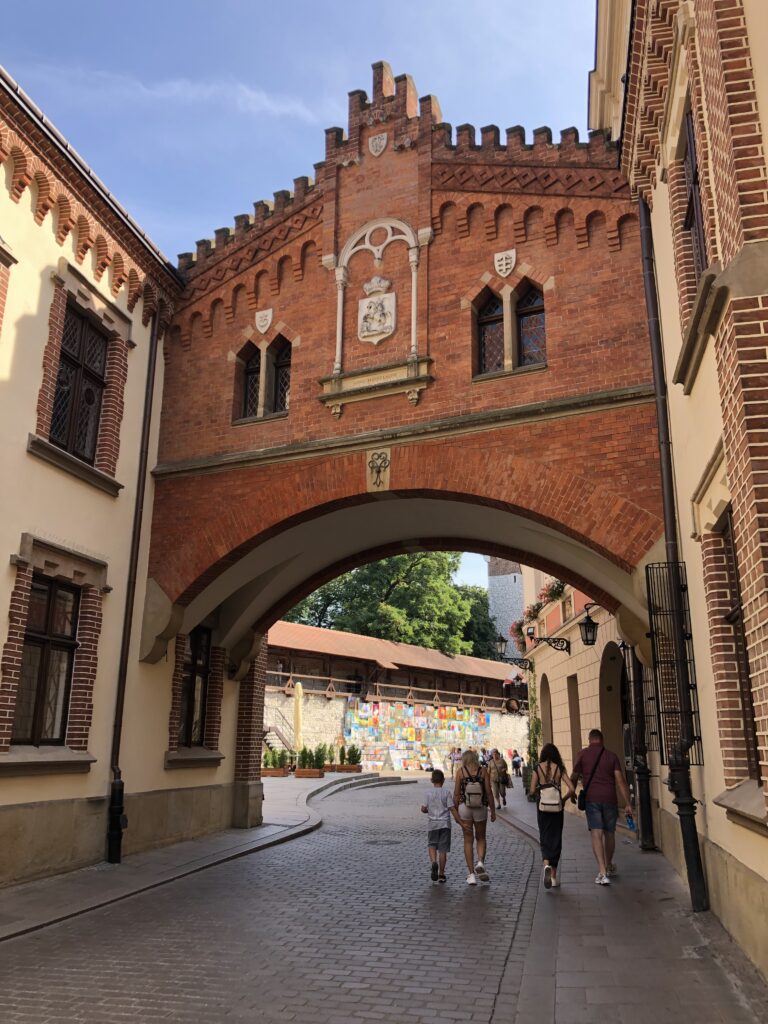
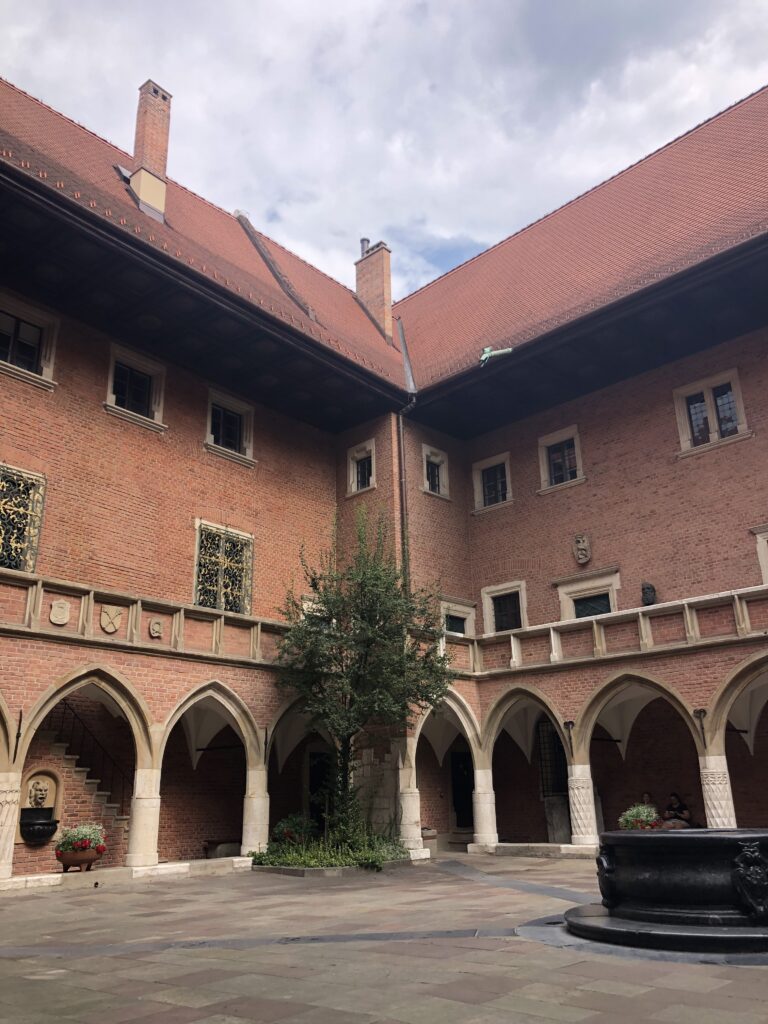
Collegium Maius – where Nicolaus Copernicus (Mikolaj Kopernik) studied from 1491 to 1495
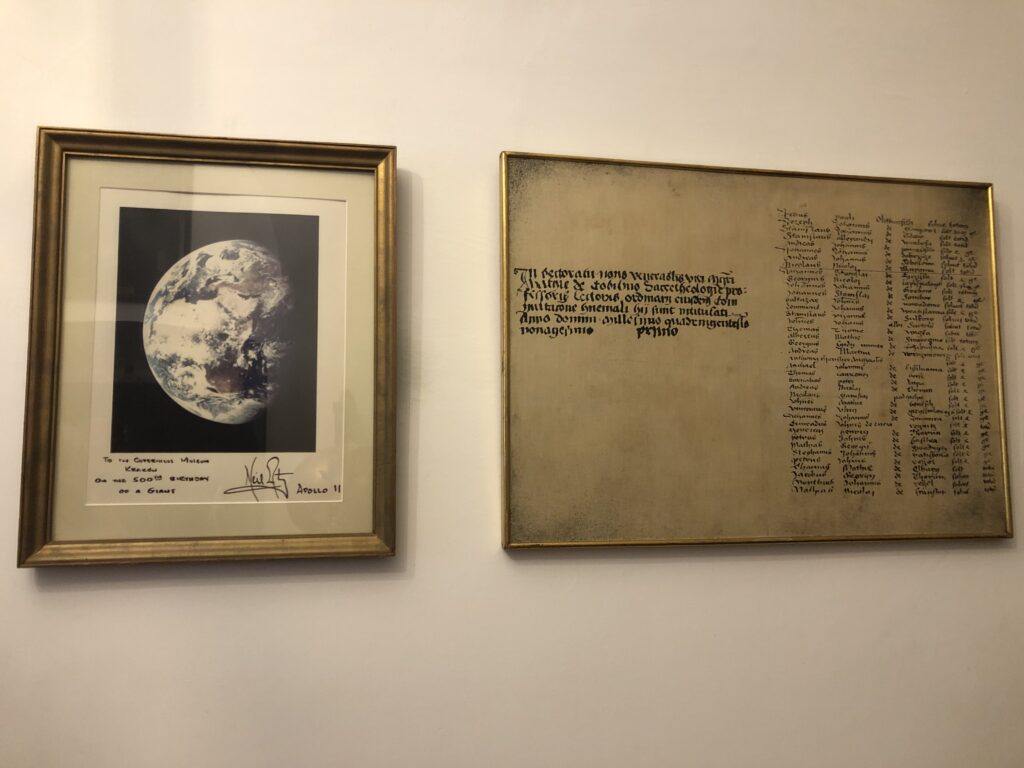
Amazing museums tell the history of a brave people constantly warding off invaders and hiding their treasures while continuing to flourish artistically and intellectually.

Jagiellonian University founded in 1364

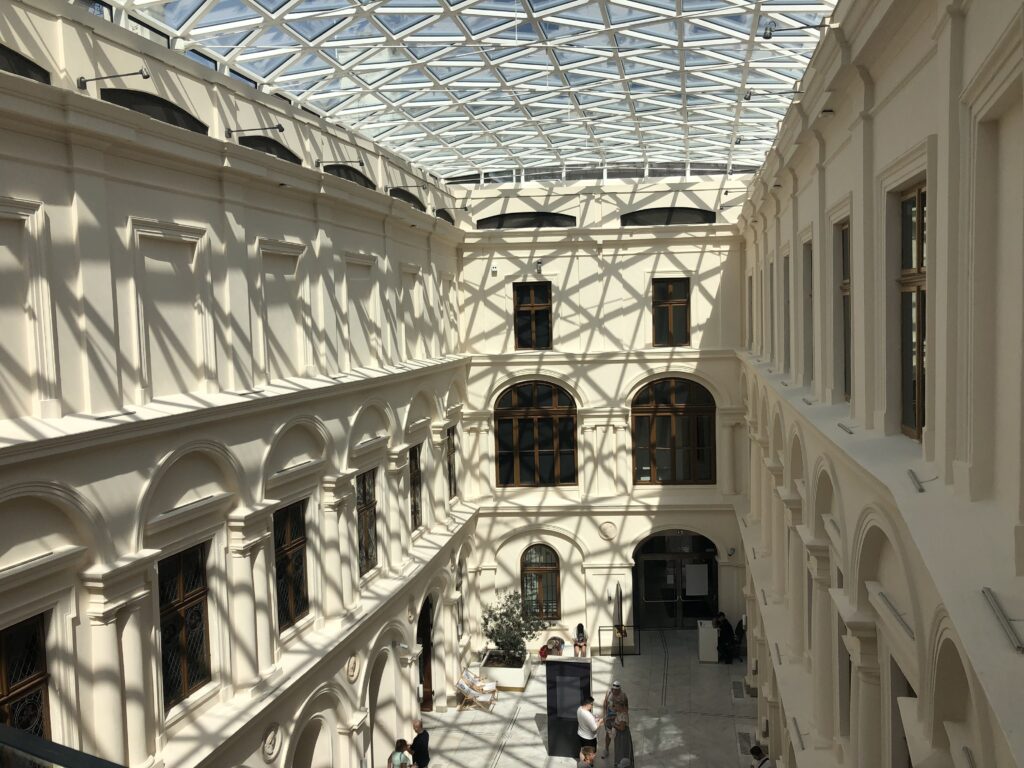
Czartoryski Museum est. 1796
Beautifully decorated churches speak of a deeply religious country that continues to be under the influence of the Catholic Church.
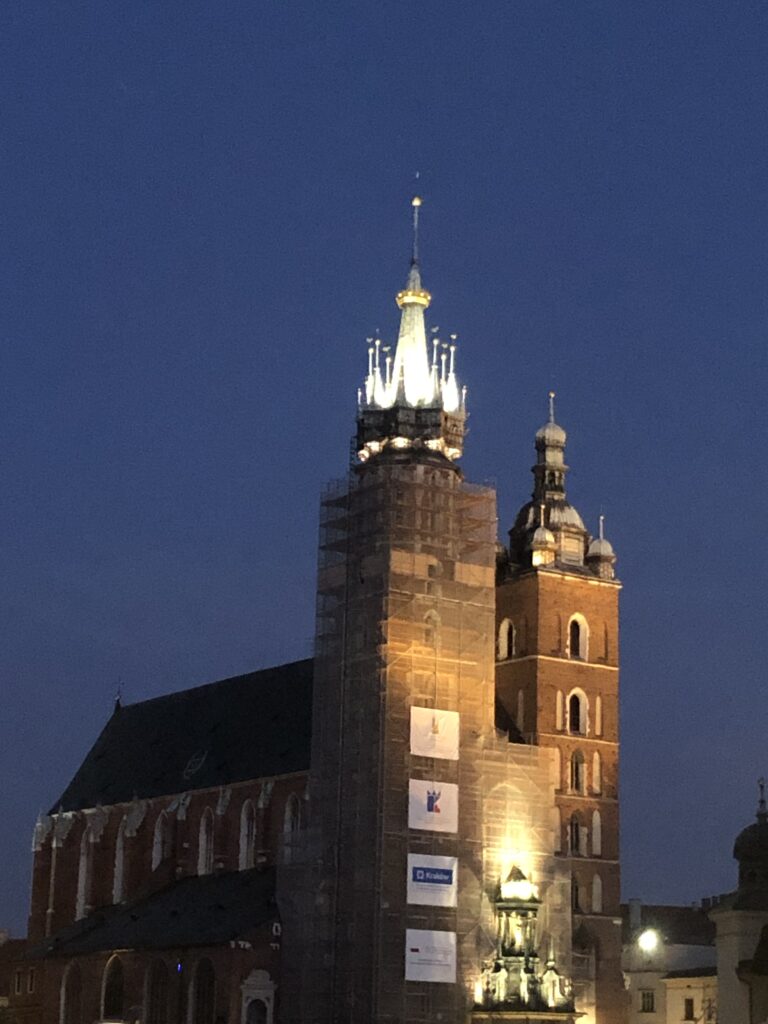
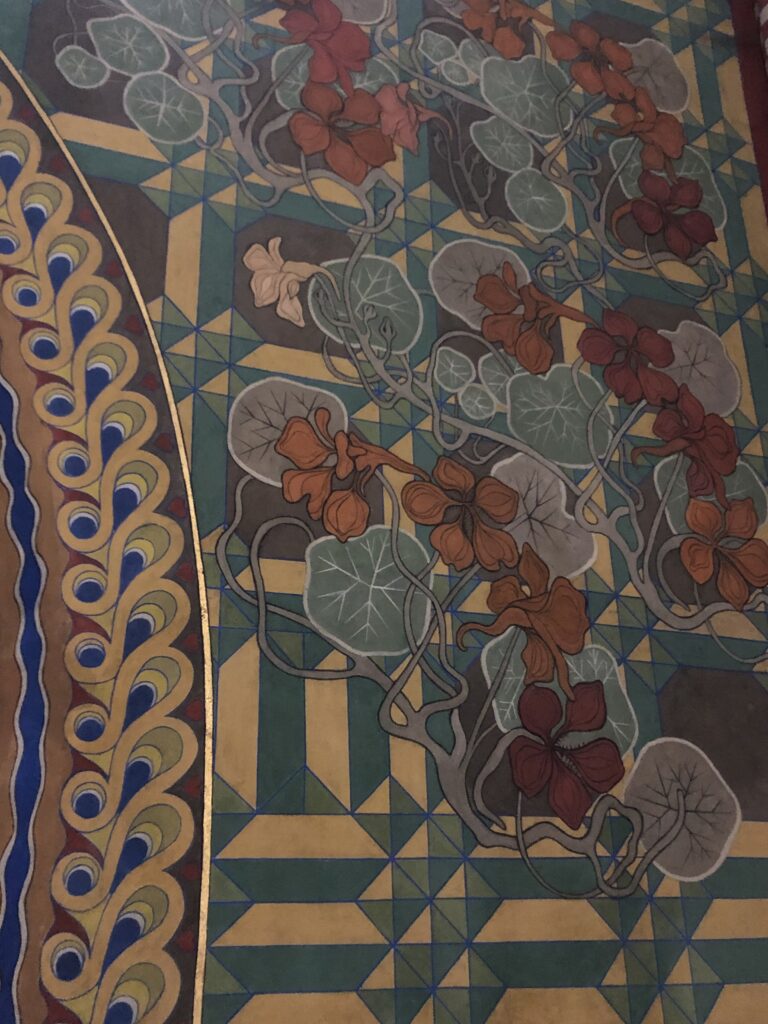
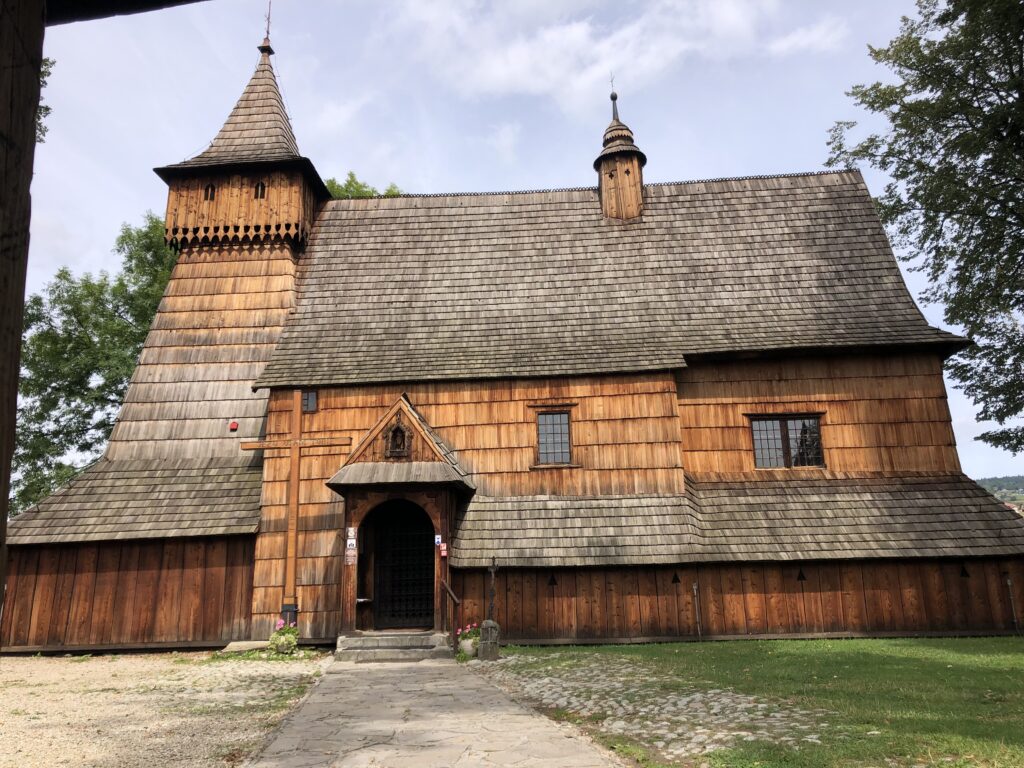
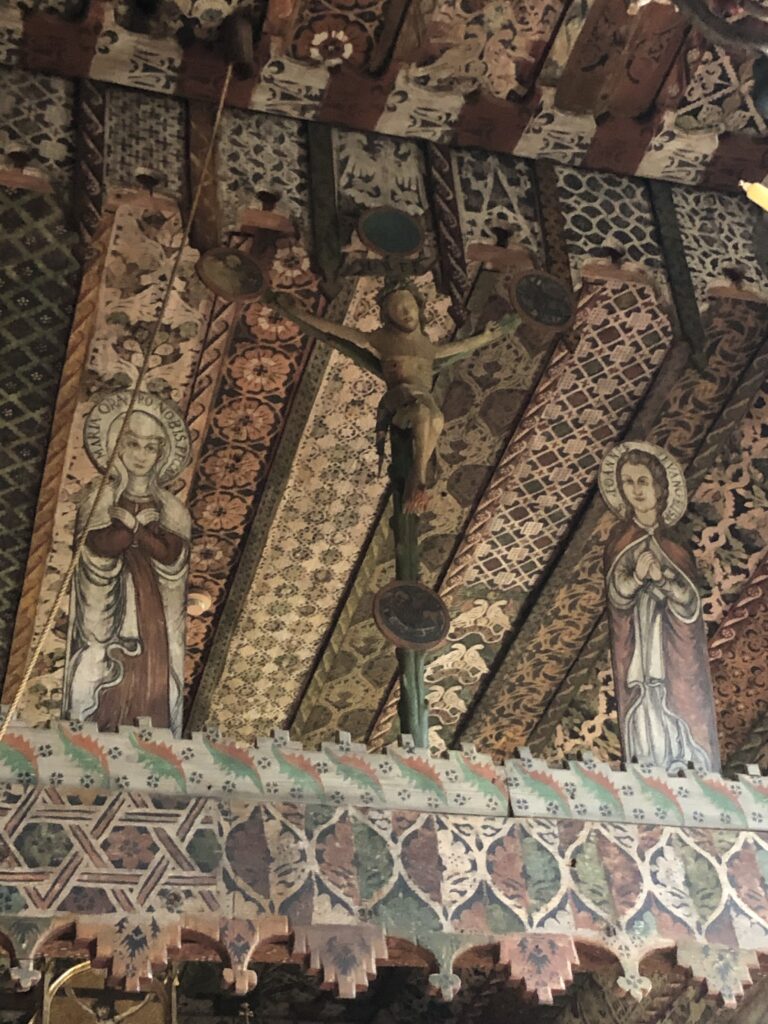
Church of Archangel Michael built in mid XV century
There is a marked reverence for Pope John Paul II…
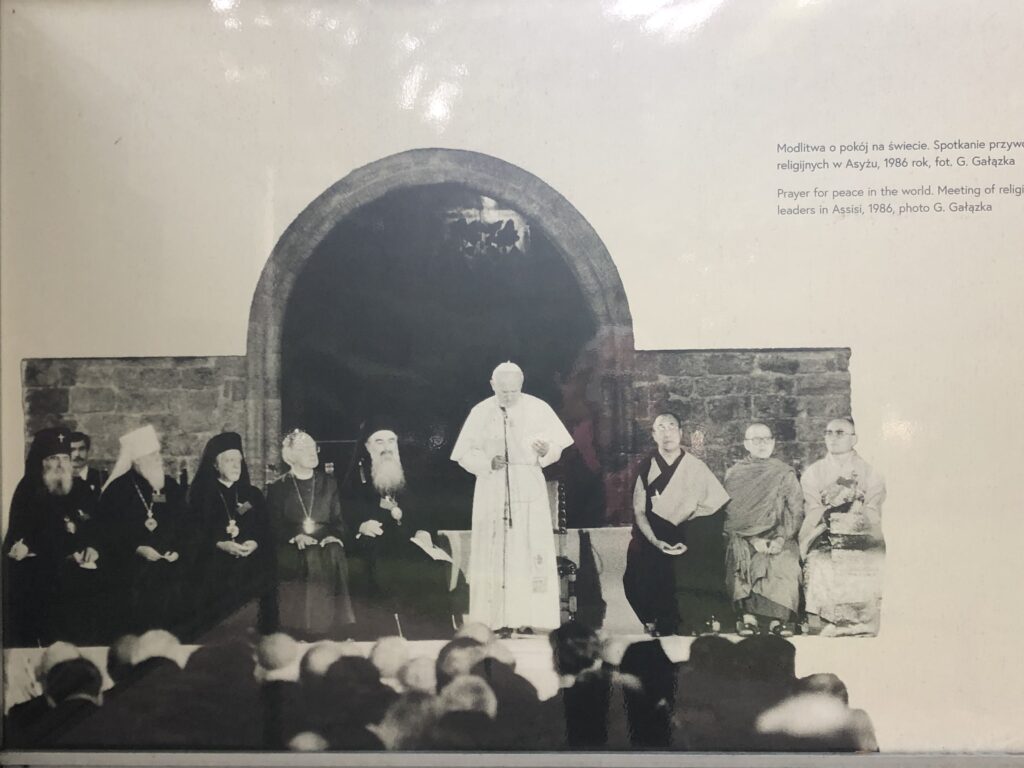
…who led the march for peace in 1981 and helped to bring about the end of the Soviet occupation.
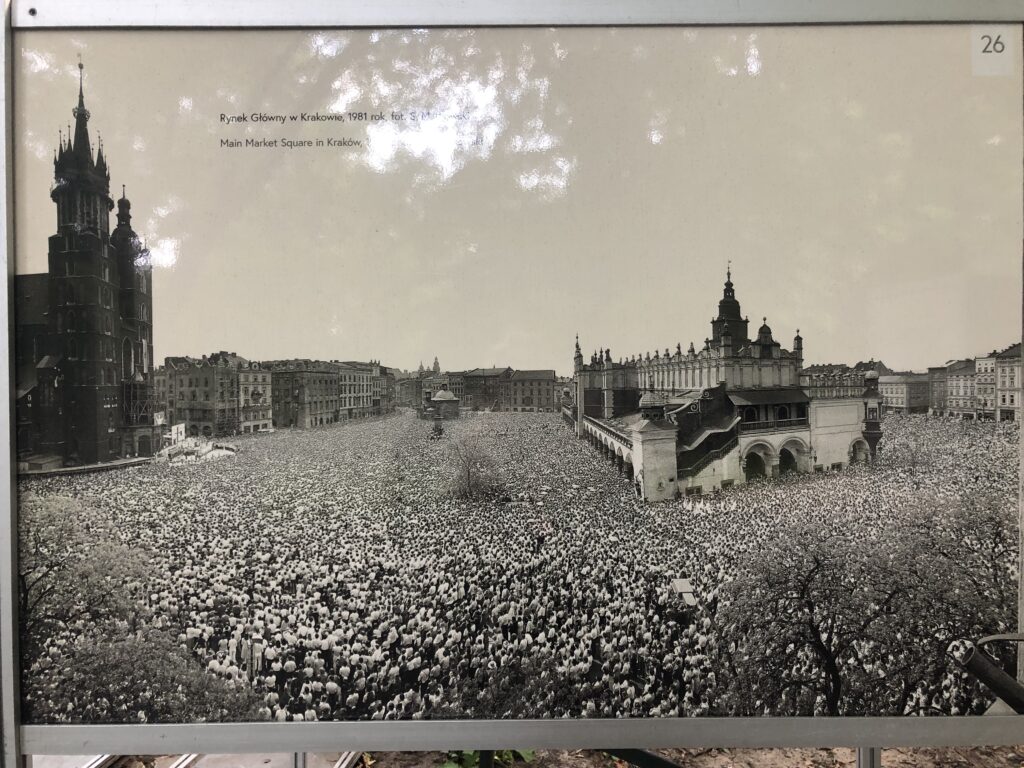
But that too is changing as fewer men choose to follow the path of priesthood.
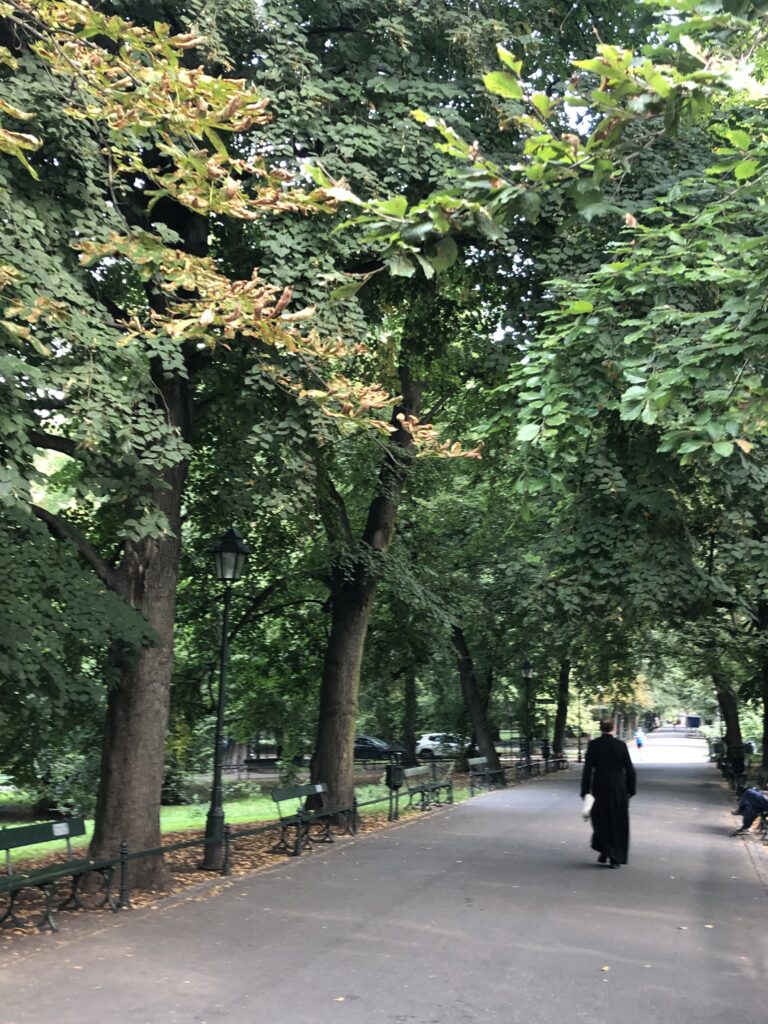
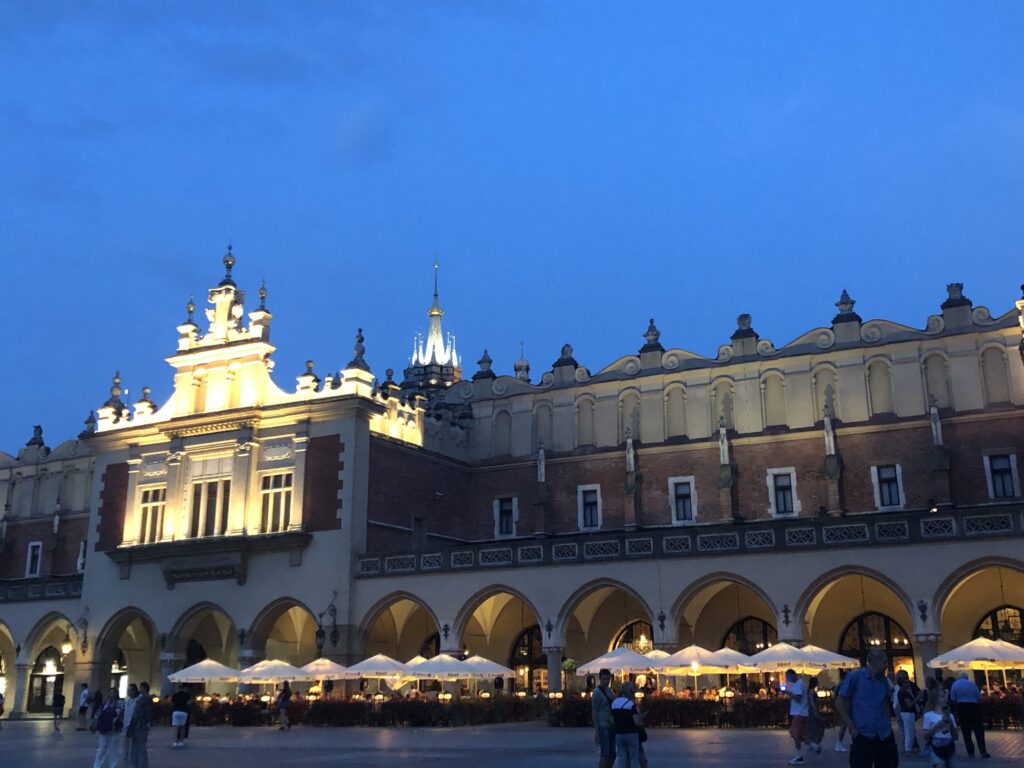
Lively cafés are filled with foreign tourists as well as locals coming to experience the beauty of their ancient capital, city of kings and merchants.

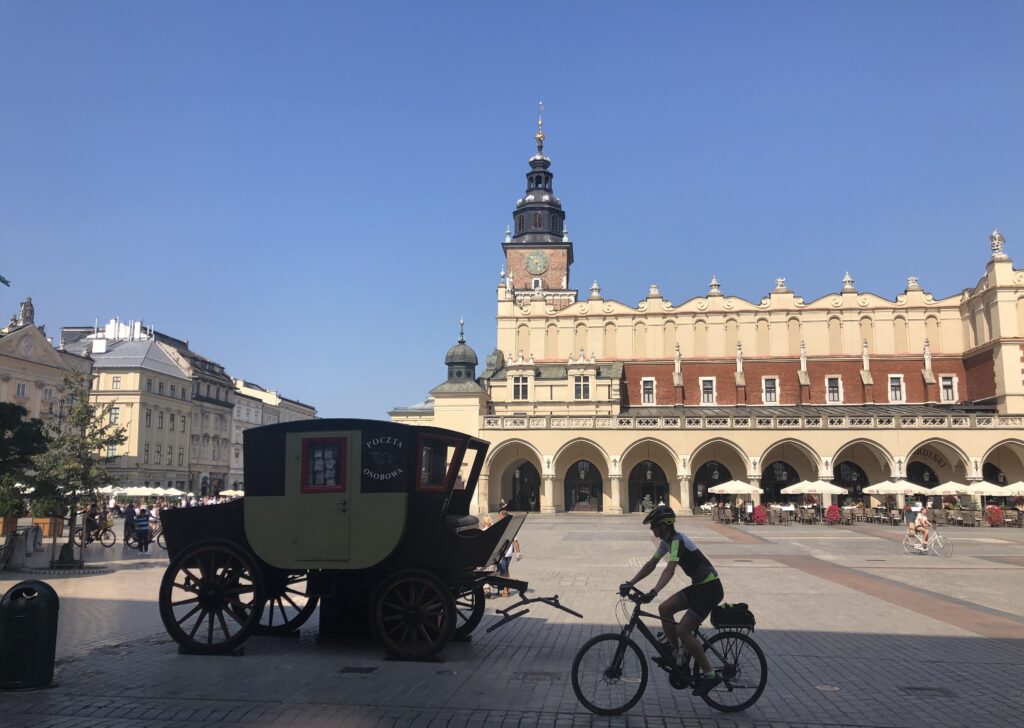
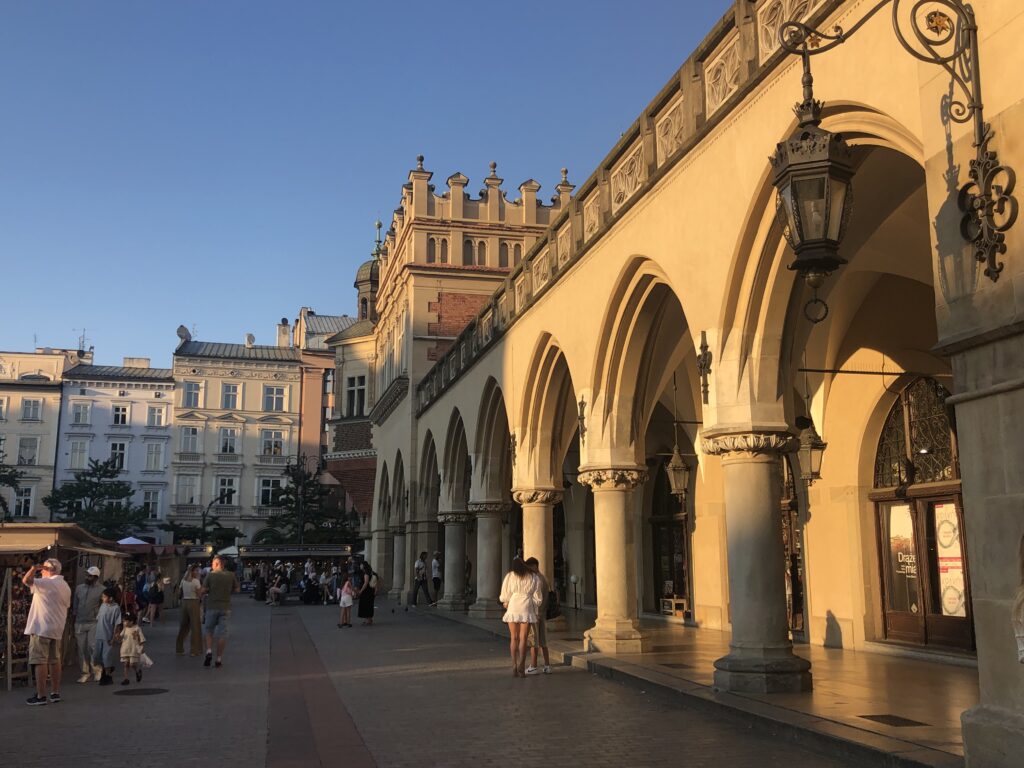
Sukiennice – Rynek Glowny
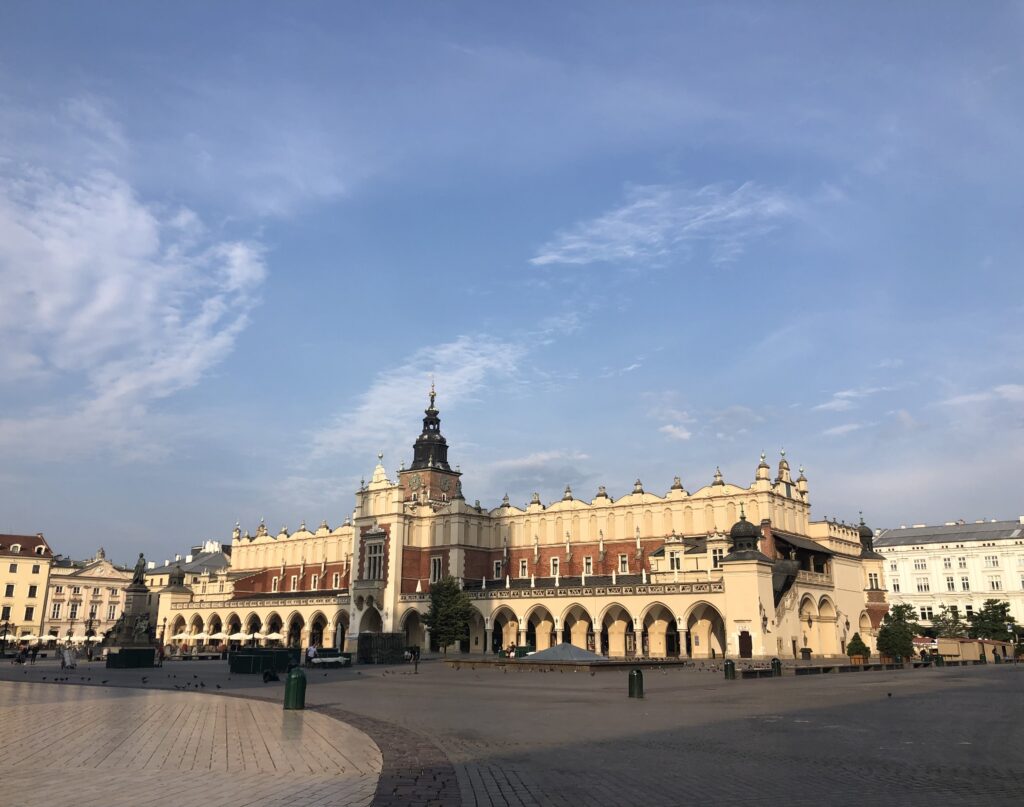
Here, even in recent history, many people have gone from wealthy to poor then wealthy again overnight. Family buildings confiscated by the Soviet government have returned into the hands of their rightful owners and with financial help from the EU, have been restored to their former beauty.
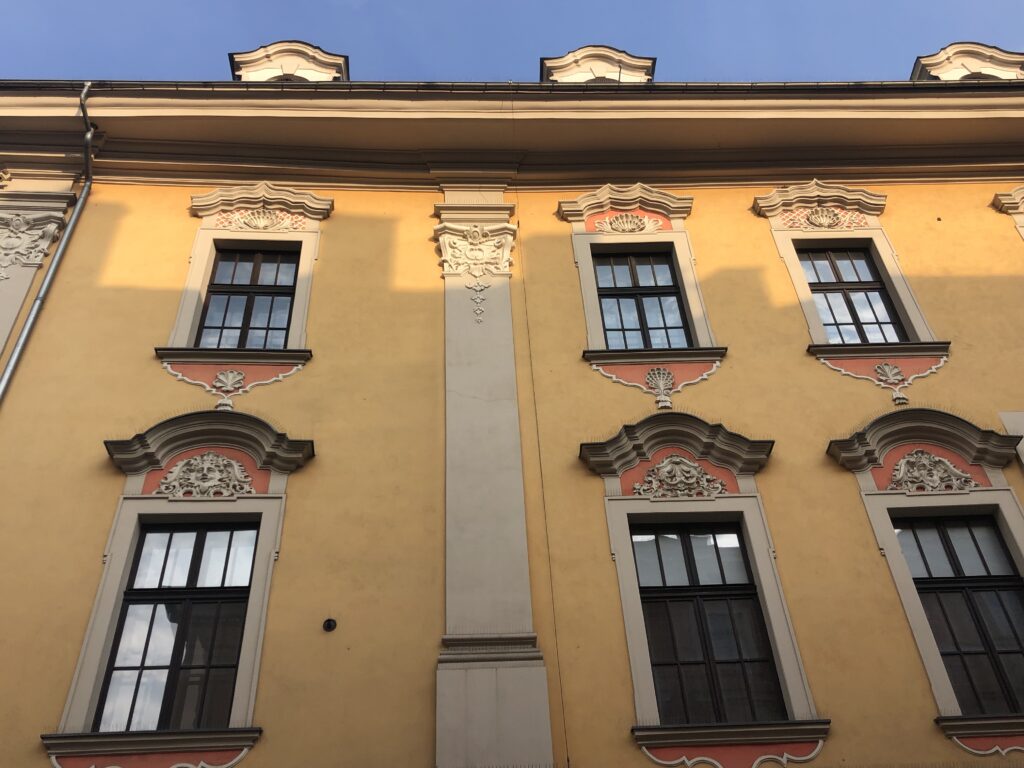
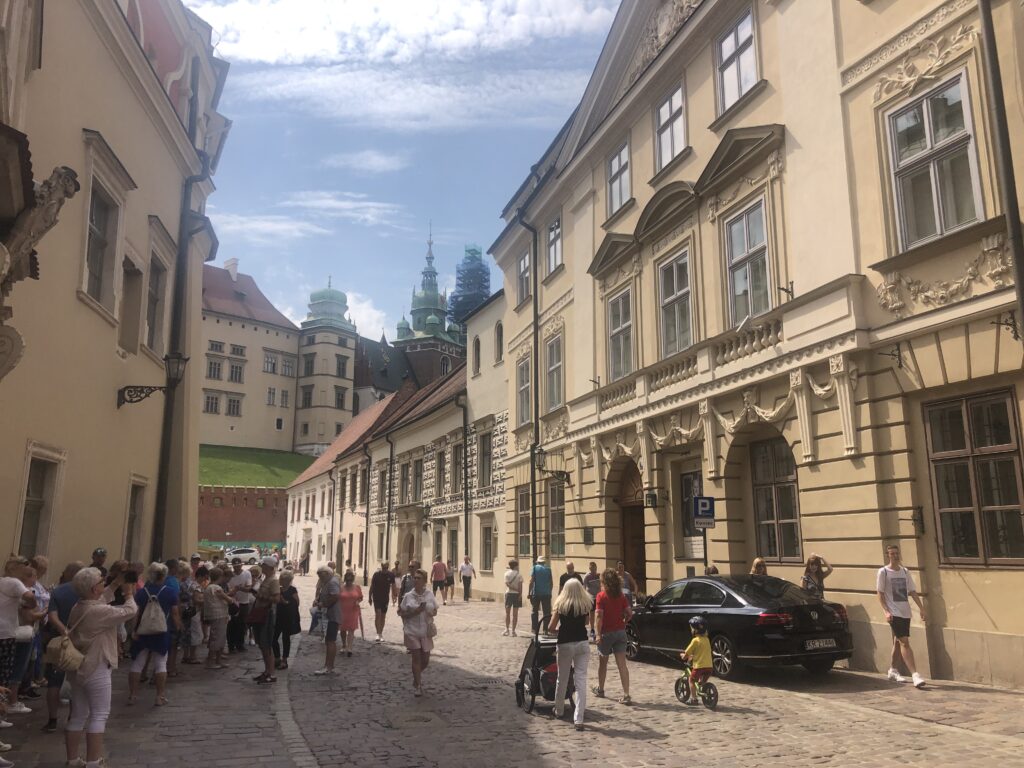
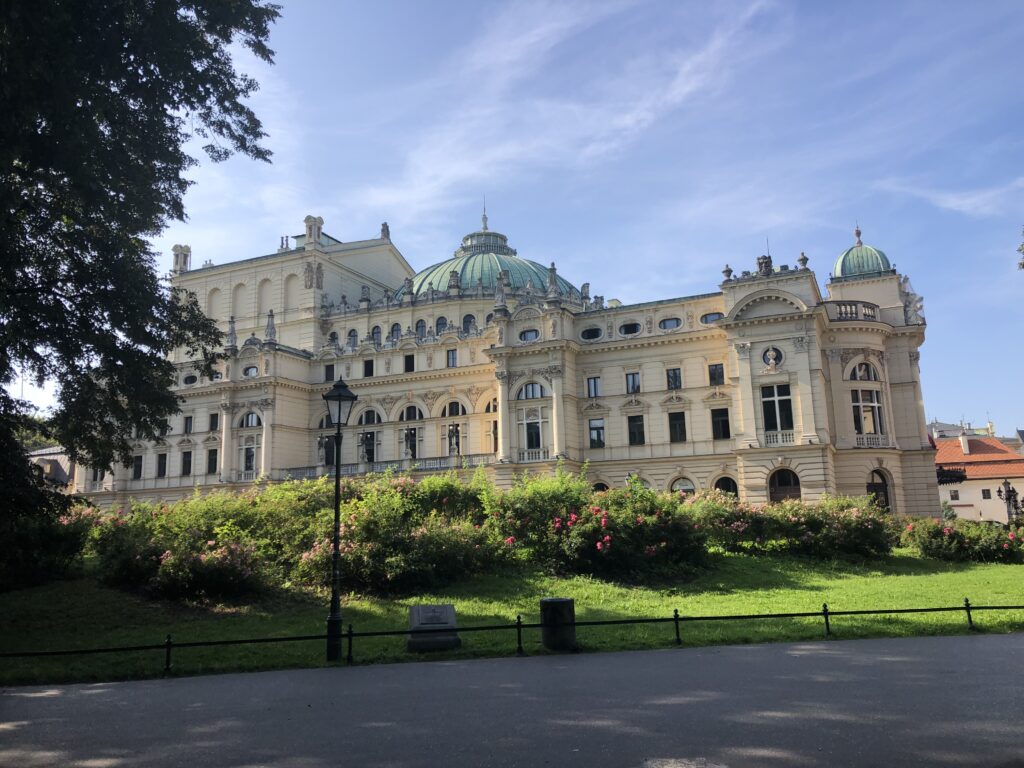
Many now serve to house and entertain the millions of tourists who flock here every season. Their original character smartly entwined with modern details and comfortable interiors.
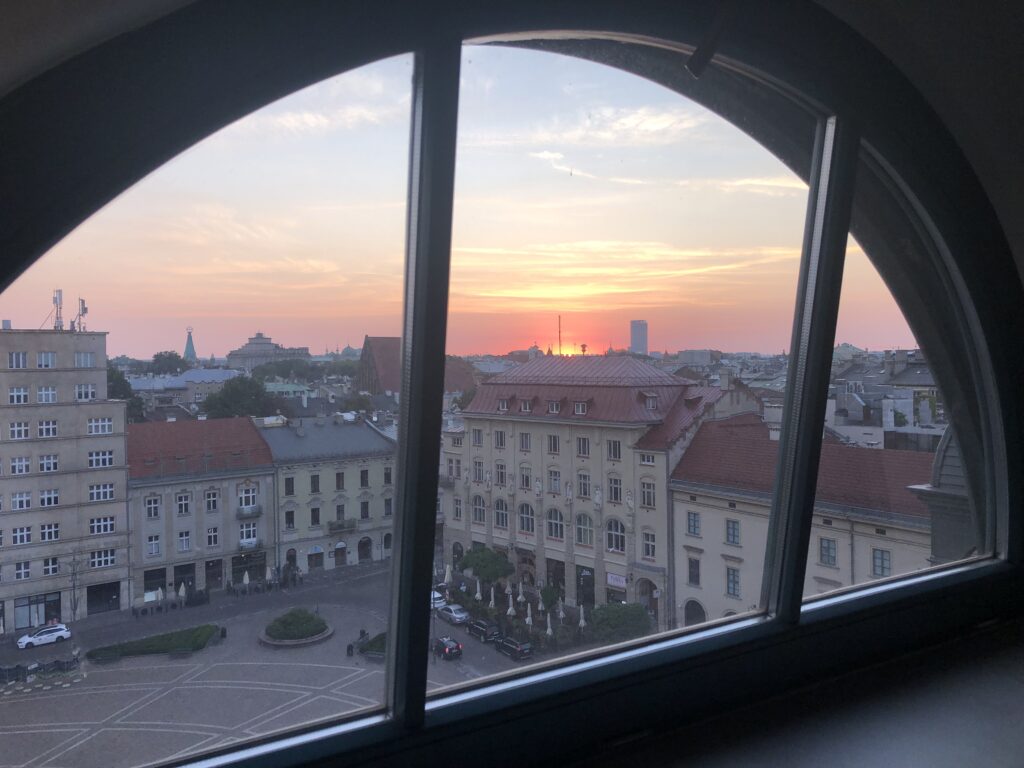
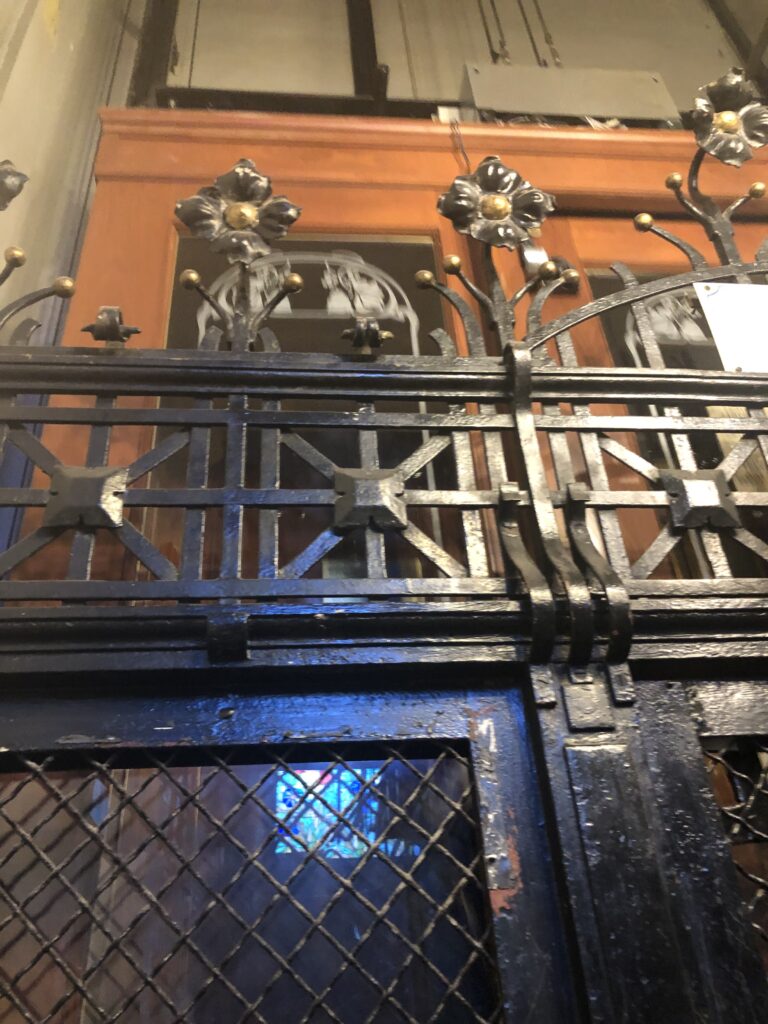
Tourism as in every attractive place is both a blessing and a curse. Here, for now, they’re keeping things in balance and continue to be kind and welcoming to everyone.

Delicious food, sweets and other Polish specialties can be found on every corner.

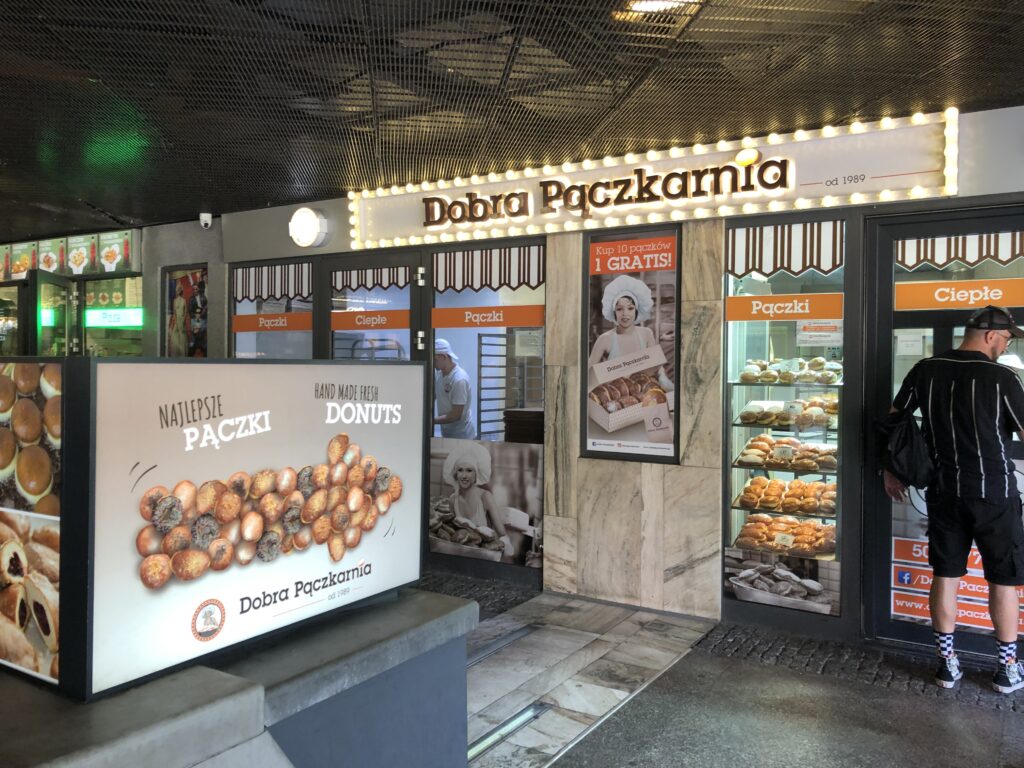
On the outskirts of the old city perimeter I see a food pantry for the homeless. There’s only a few people in line.
A modern railways system connects the whole nation.
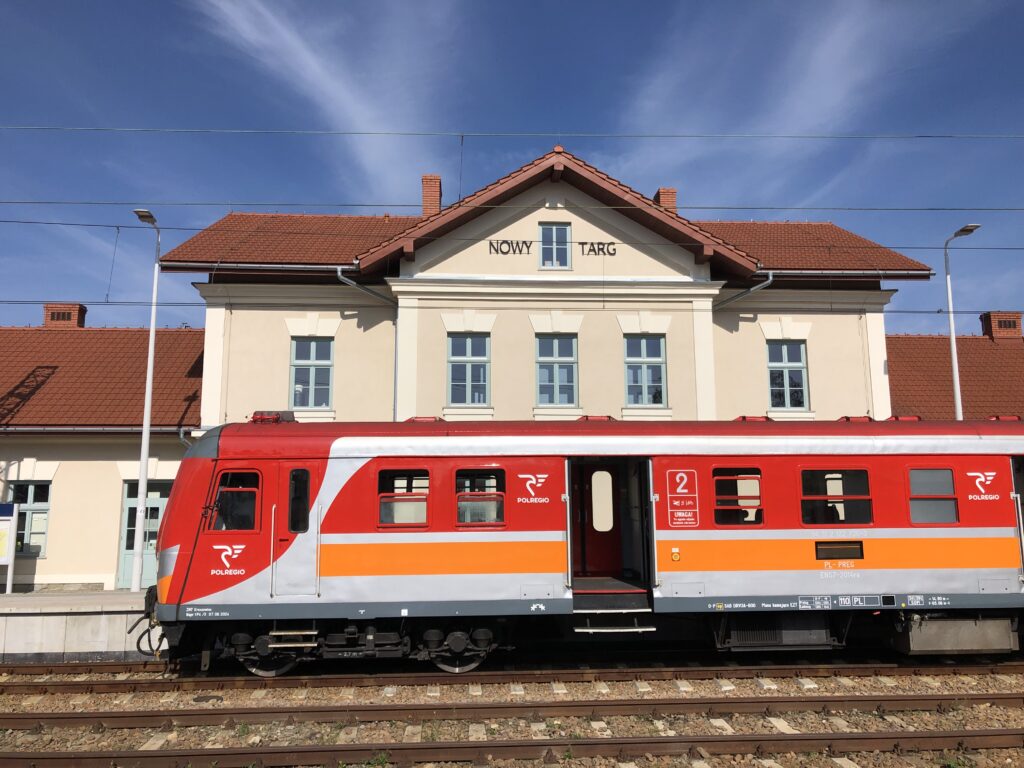
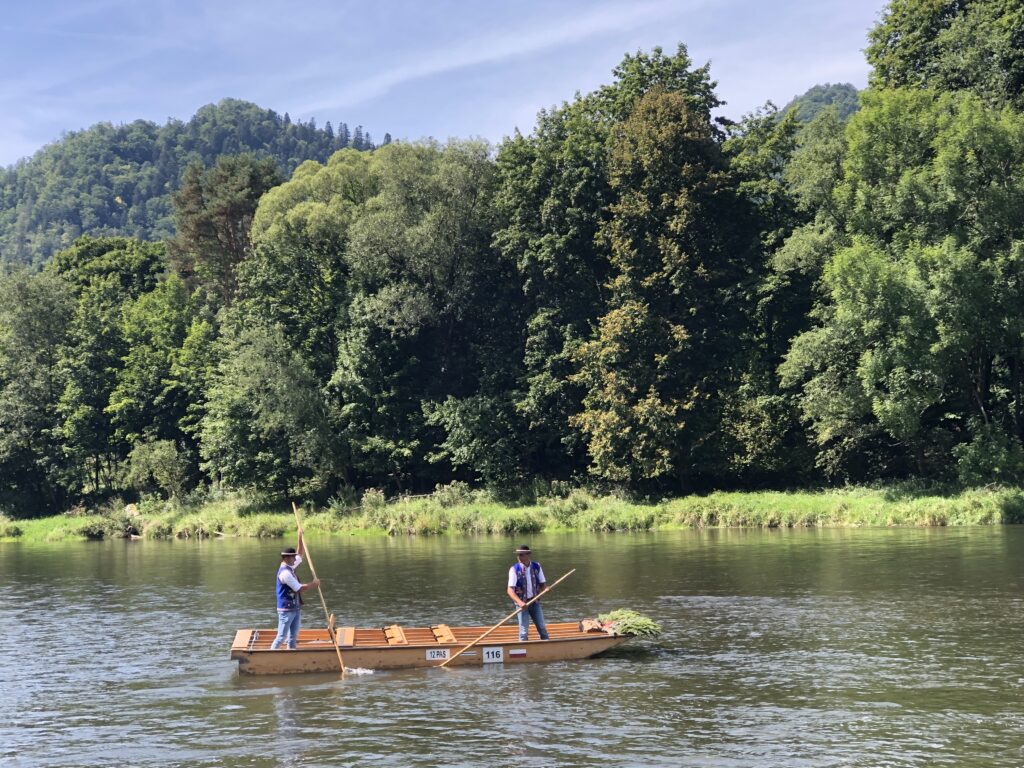
In the countryside Poland is full of newly built factories that amongst other things supply the rest of Europe with state of the art windows and doors. And while the villages that surround them have grown and modernized, they still maintain their architectural character but without the old scourge of poverty and destitution.
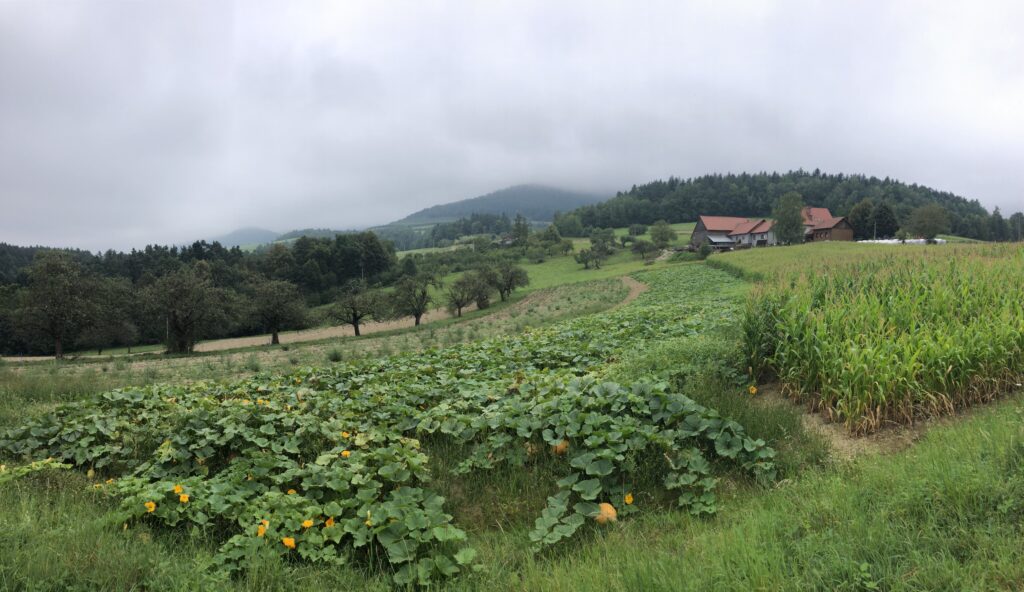
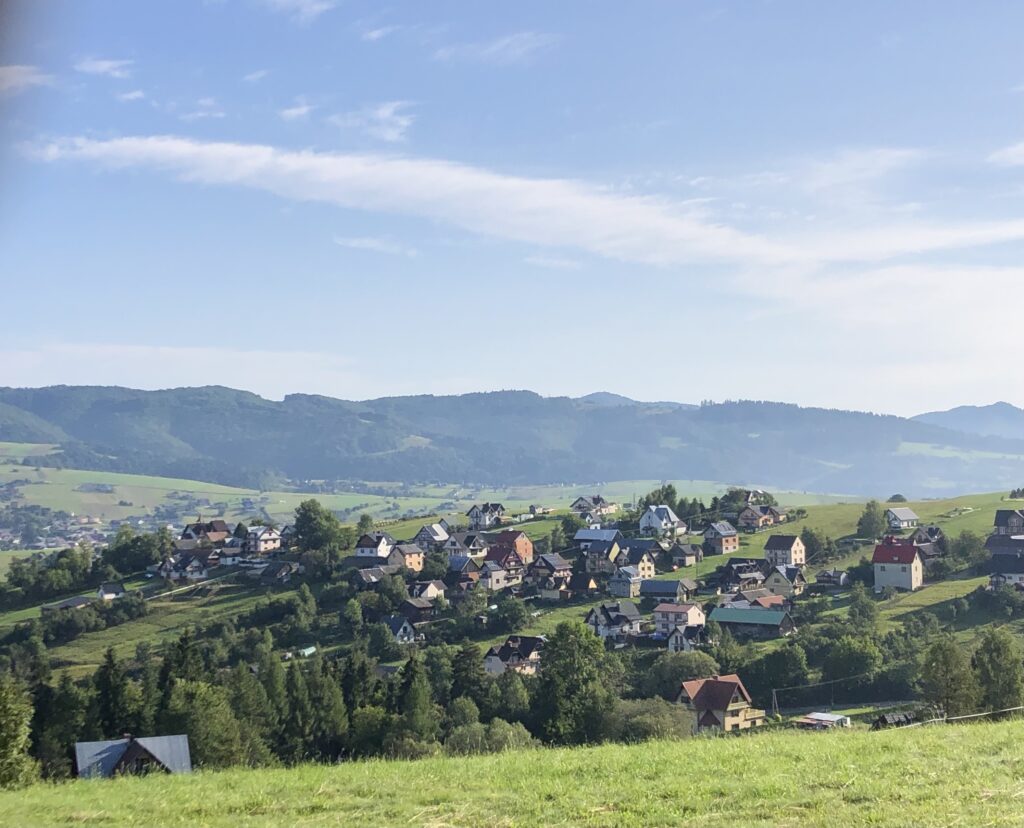
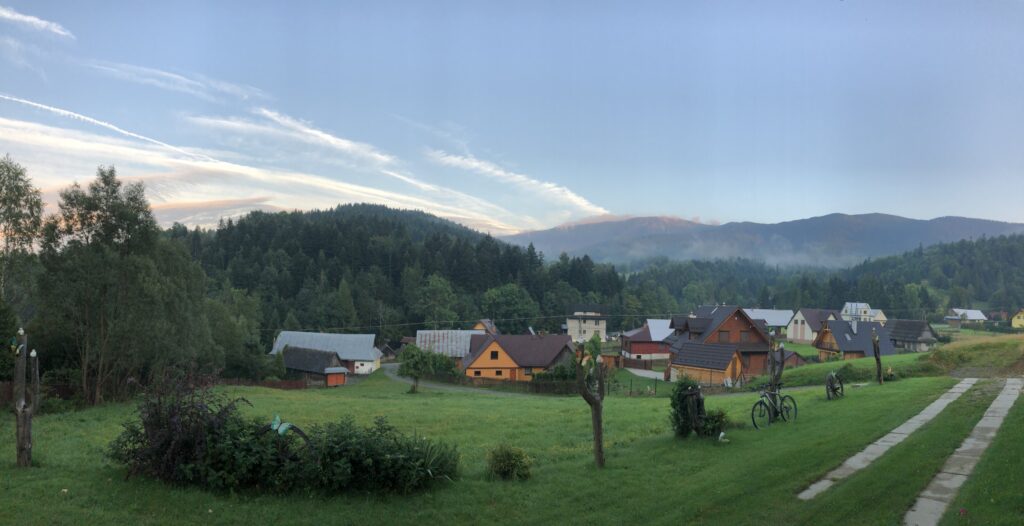
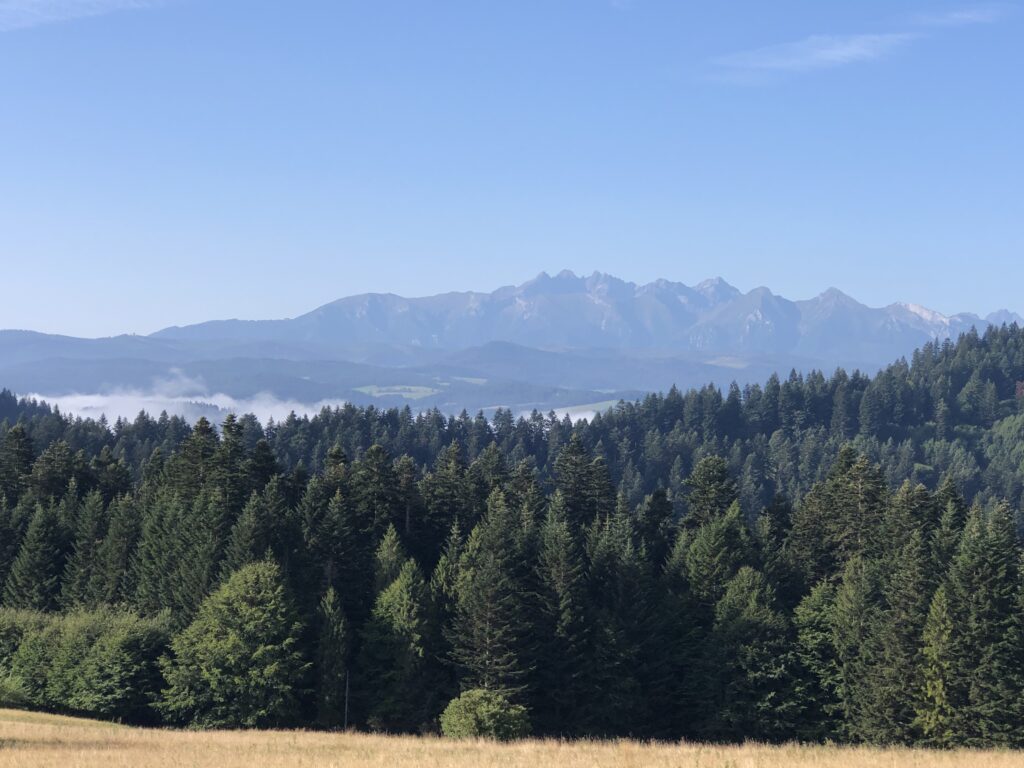
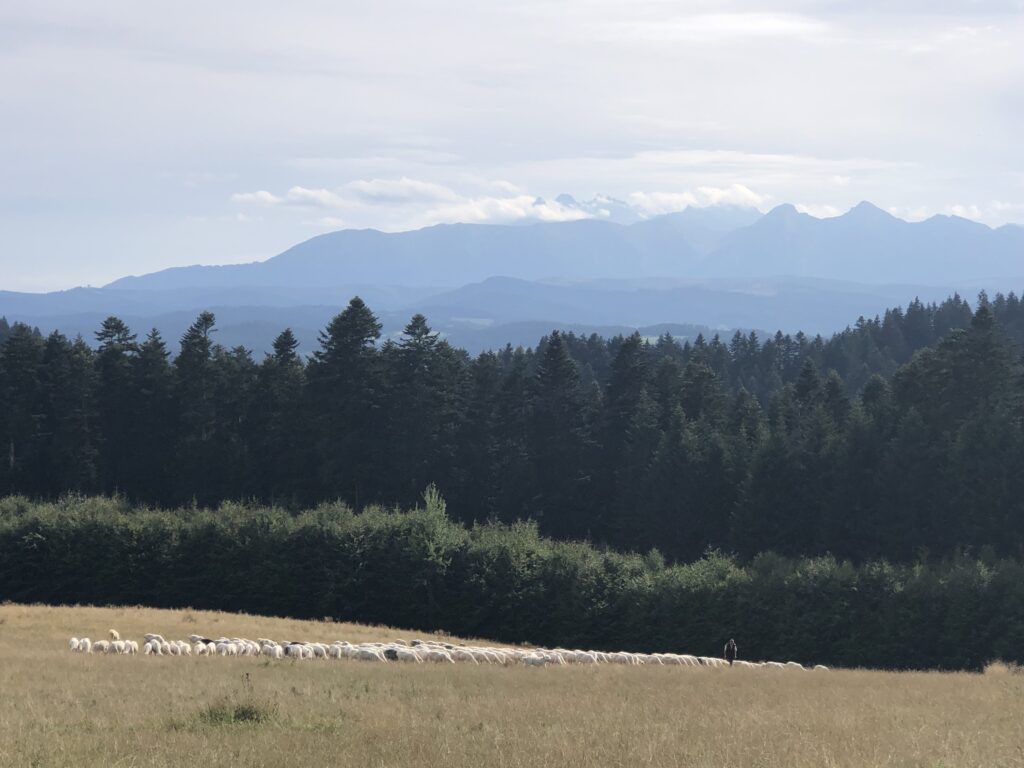
Flocks of sheep graze on the “hale”, gigantic lawns that have been created as a result of the local eco-system known as Pastwiskowy or “herding”.
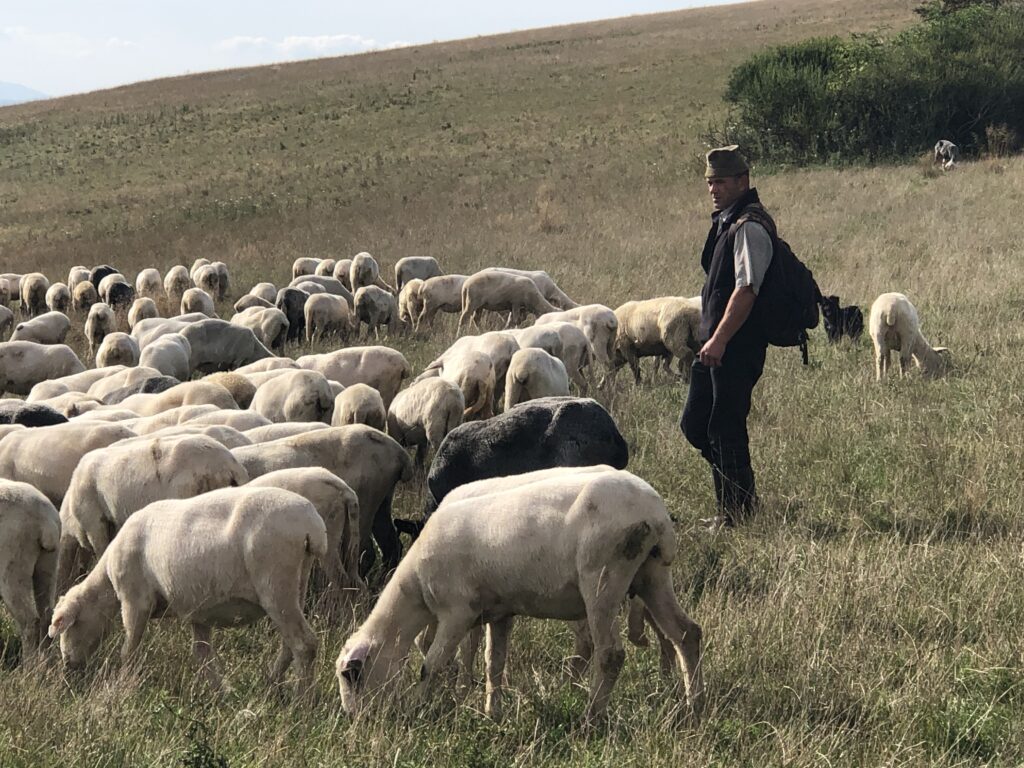
The Hale only remain because of the animals that graze on them.
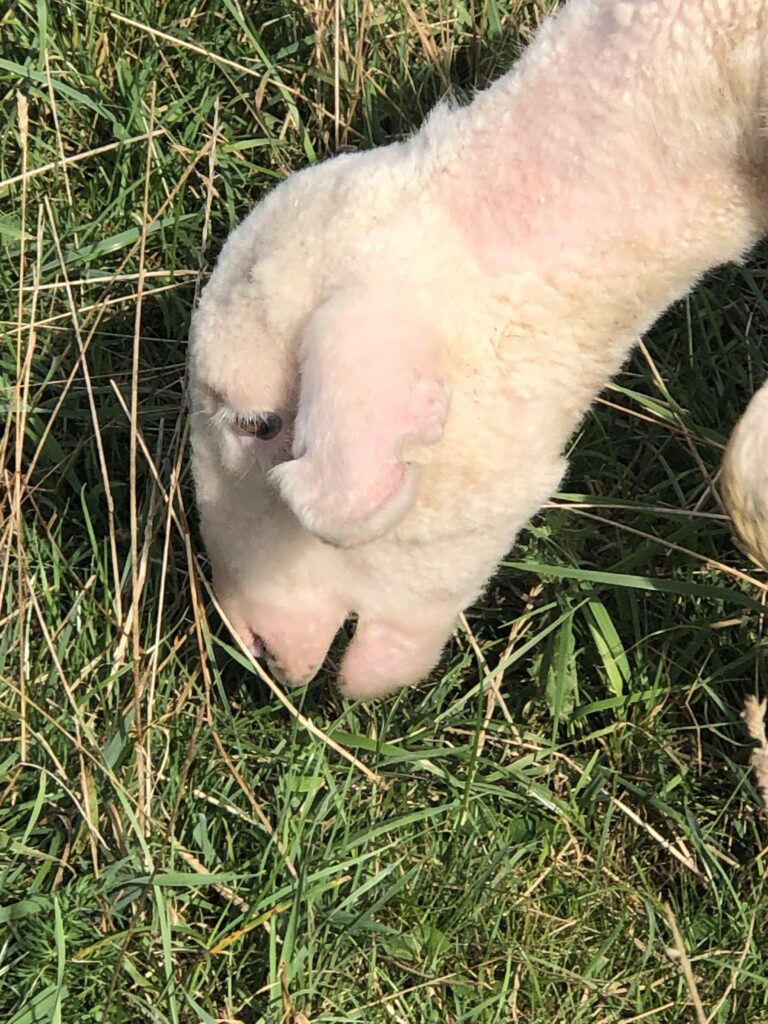
They are surrounded by forests and protected areas.
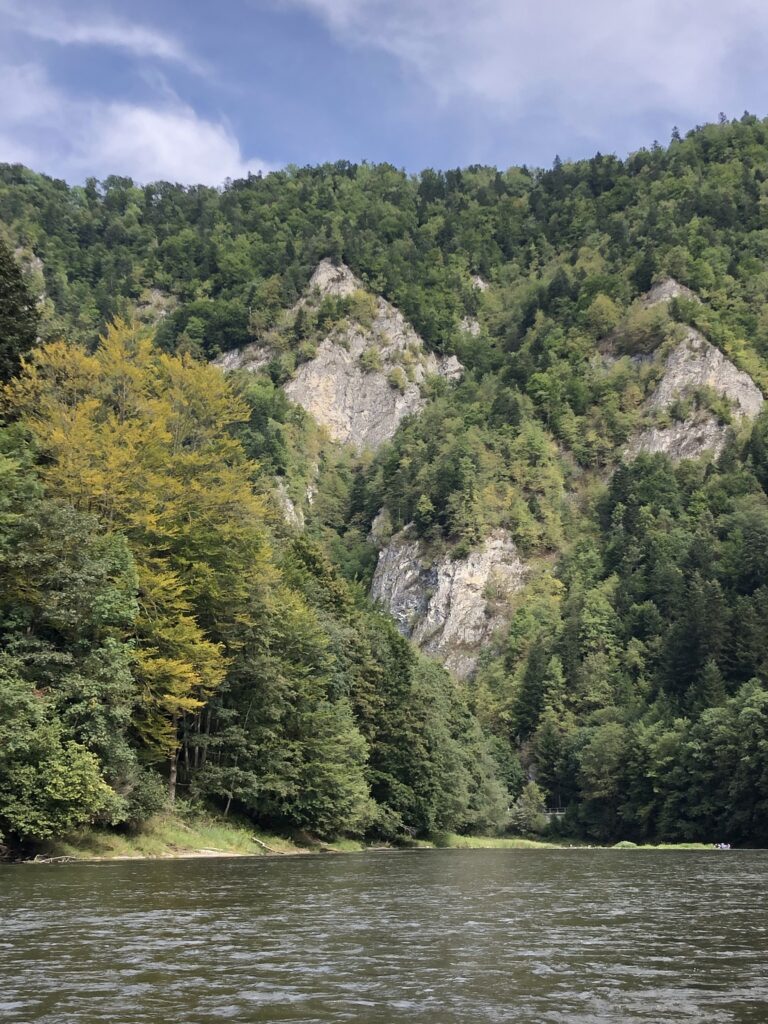
In the Pieniny Mountains many people continue to live as before making their famous sheep milk cheese and selling their small farm grown fruits and vegetables to the surrounding towns.
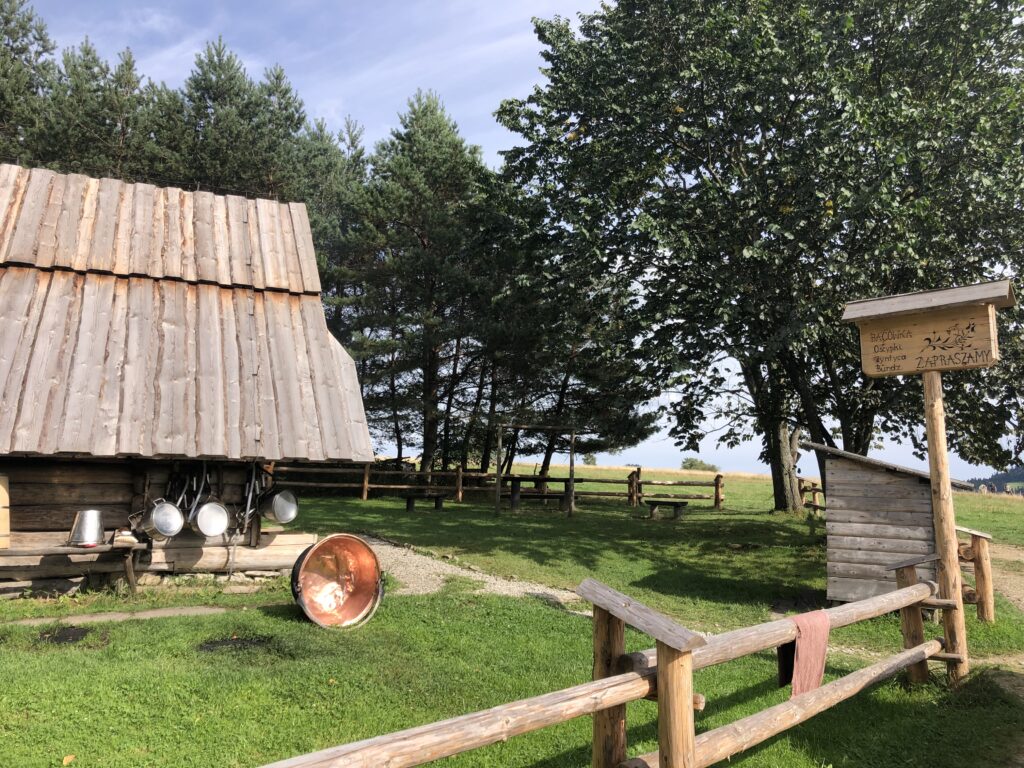
Bacówka – traditional cheese making
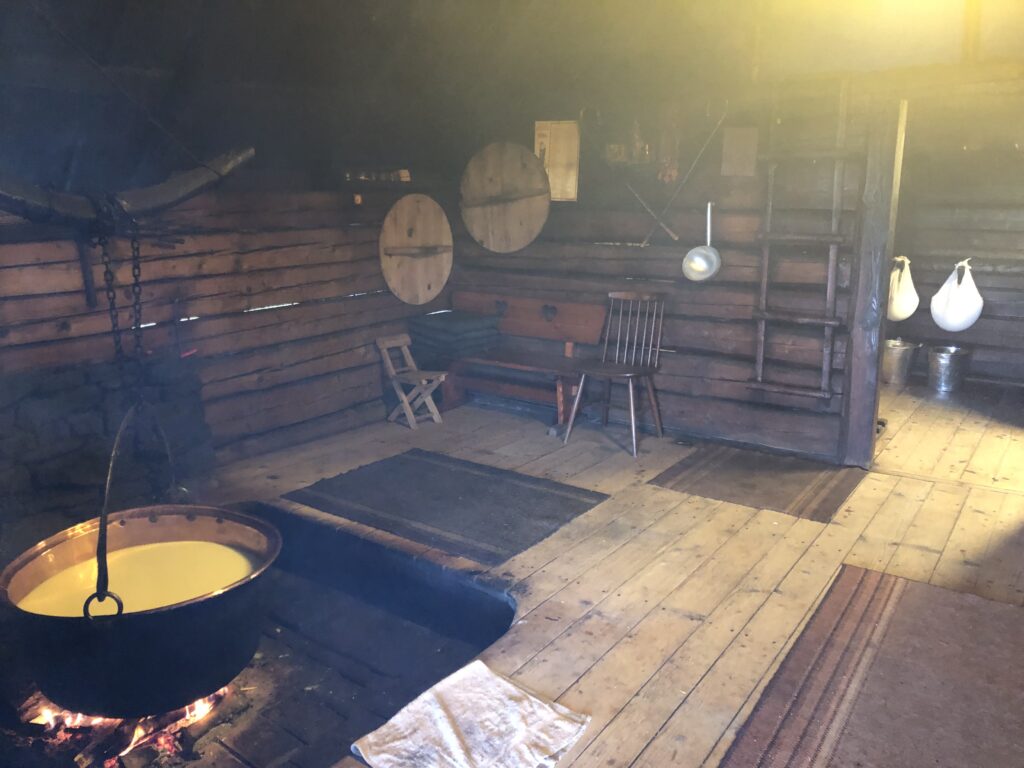
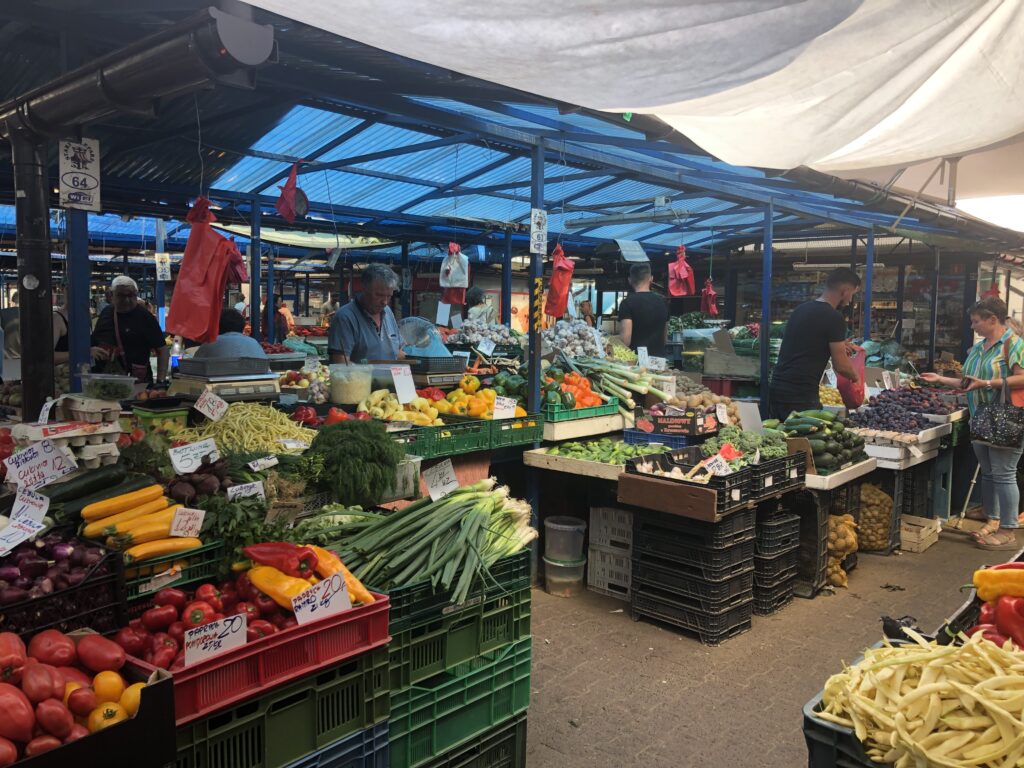
Others now cater to the millions of tourists who come here in cars and on bikes from all over Europe and the Middle East.

Bike rentals and dedicated paths are everywhere. Along the Danube a shady trail follows the course of the river that flows along the border of Poland and Slovakia.

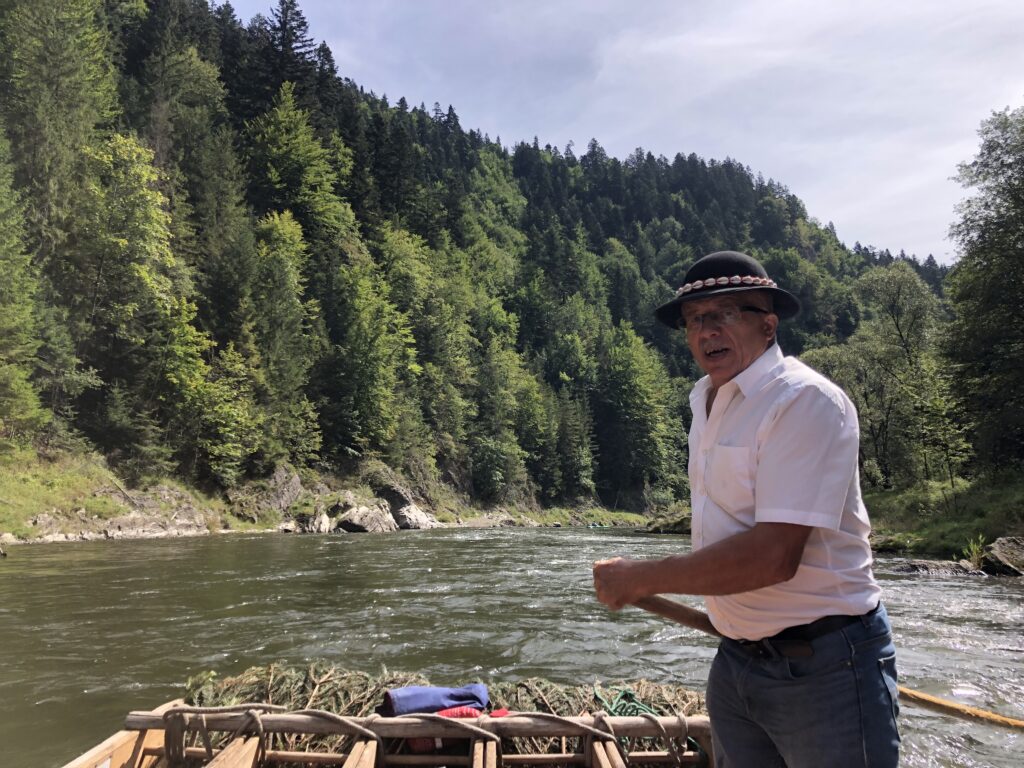
“Flisacy” ferry guests down the river as they have done for the past 190 years.
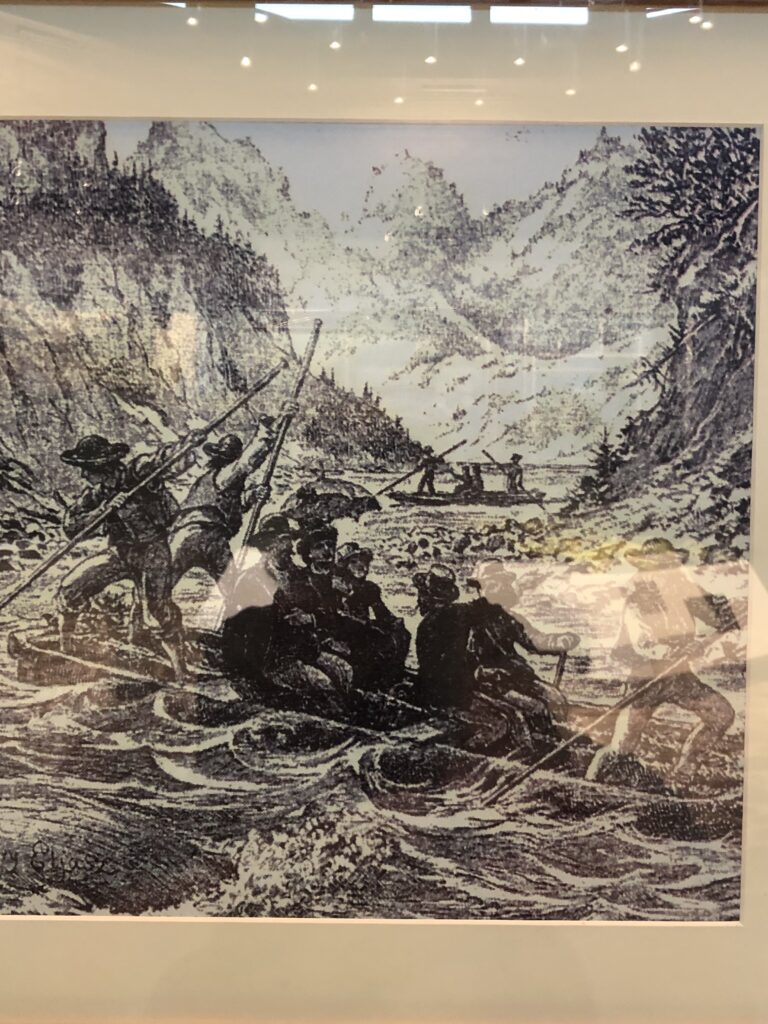
And as anywhere in the world sunrises and sunsets can be mesmerizing as a backdrop for nature or culture.
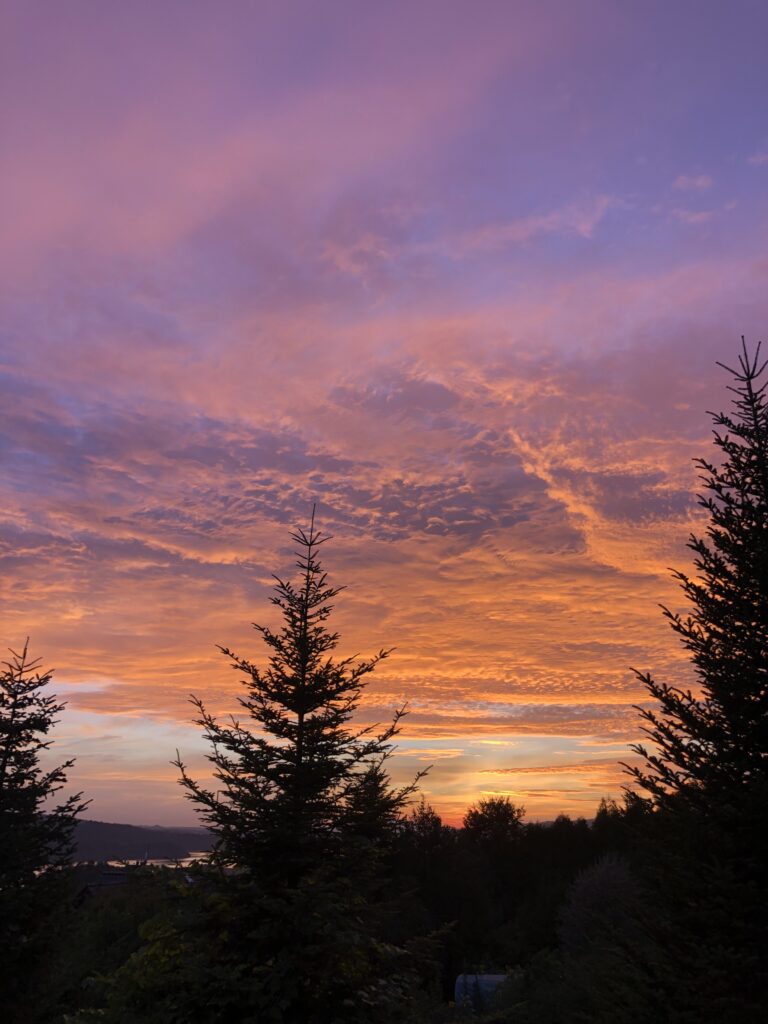
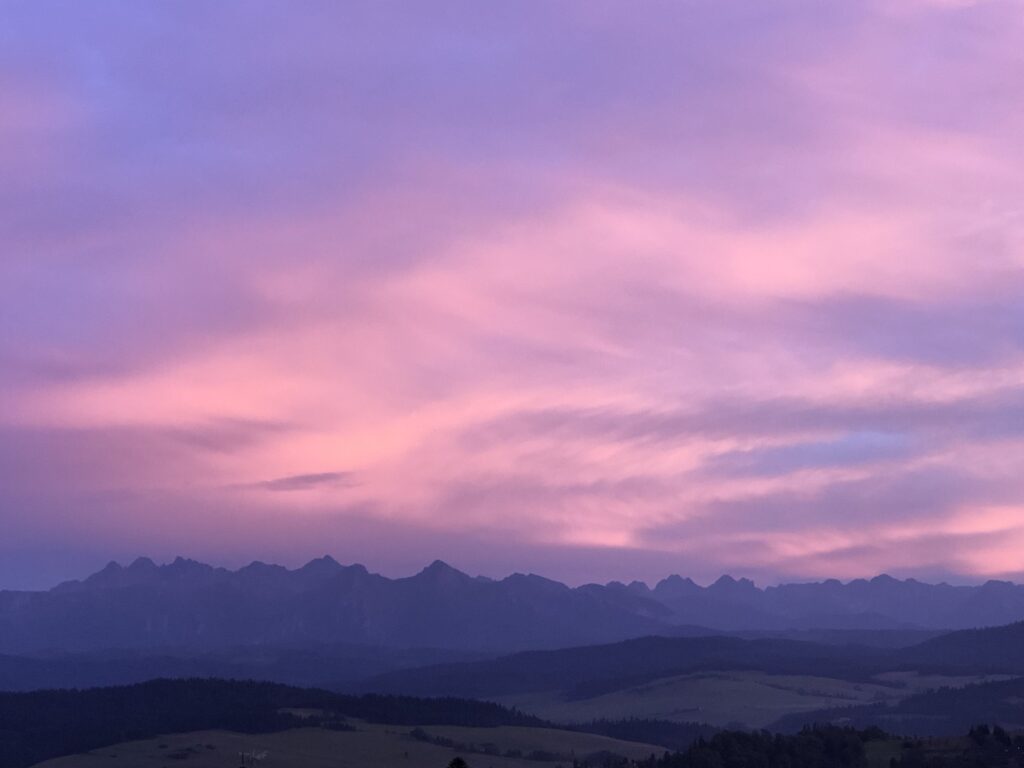
But it is in the rediscovery of my roots that I find the greatest beauty. Hearing the stories of my ancestors I understand the deeply ingrained fears of my contemporaries. Loss of freedom and self governance is on everyone’s mind. Their fear fueled by the legacy media, older Poles dread a Russian invasion.
But there is also a zest for life and a streak of bravery that inspires the new generation. My younger cousins are a breath of fresh air. Their children are studying all over Europe, opening new horizons that for many years after the war were unavailable to their grands. While my life looks very different from what it would had my parents chosen to stay, we share similar values and concerns and the understanding that the world can be a better place if we choose to believe it.
On my way out, Krakow Balice airport is teeming with passengers but there is help in the form of young people donning bright jackets that ensures the whole boarding process is very smooth and quick. I’m truly impressed.
My flight back is on KLM. A clean and comfortable plane set up is complemented by healthy food accompanied by wine. A sandwich, served on the hour and a half flight to Amsterdam is made with bread from a six generation old Dutch recipe and the cheese comes from pasture grazing cows raised by a coop of small farmers and endorsed by the Dutch Society for the Protection of Animals, all noted with great pride on its sustainable wrapper.
A new world is in the making but sadly it is not the US that is at the forefront of this much needed revolution. On the other side of the ocean things are quickly changing for the better. We’ve yet a long way to go.
Wonderful! Since I am one of Monika’ Polish cousins and had a great pleasure of hosting her for a couple of days, I particularly appreciate her insightful comments on the present day Kraków and countryside. Monika, we are happy that your visit to the country of your ancestors has made such a favorable impression on you. One very small mistake in your description of the river – its name is the Dunajec (not the Dunaj).
Thank you for being with us. You are always welcome.
Thank you so much for sharing your trip to Poland. I miss you!! Linda
Loved following your ancestral journey
What a beautiful city, country and aesthetic. So glad you made this opportunity to reconnect.
Thank you Monika for sharing your experience and photos. I enjoyed learning about Poland, a place I knew little about. I’m glad it has changed so dramatically for the better and you can see/feel the difference.
At the moment I’m in Catalonia, Spain for a couple of weeks staying just outside a small village in a beautiful old farmhouse/bodega winery with friends. I love Europe!
Just amazing documentary, Monika. I loved it. hope you don’t mind if I share it! Miss our healing yoga times. Look forward to seeing you soon. Lois